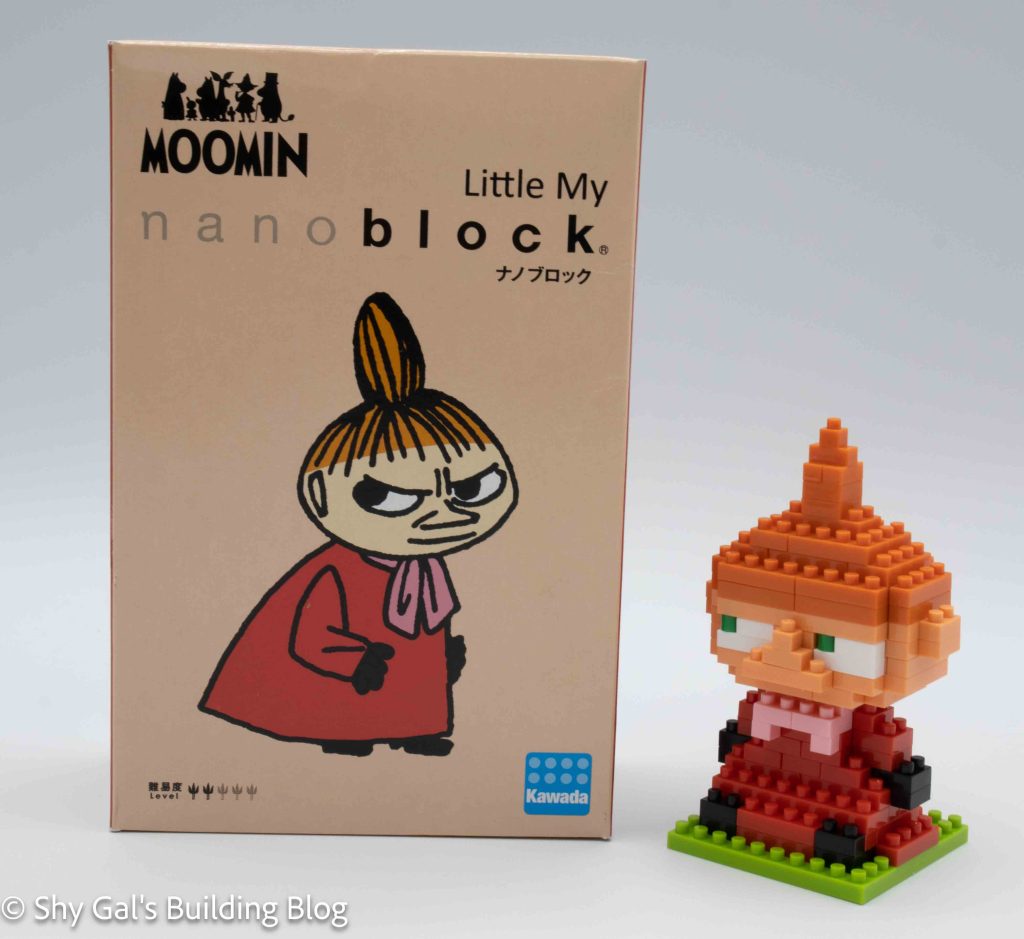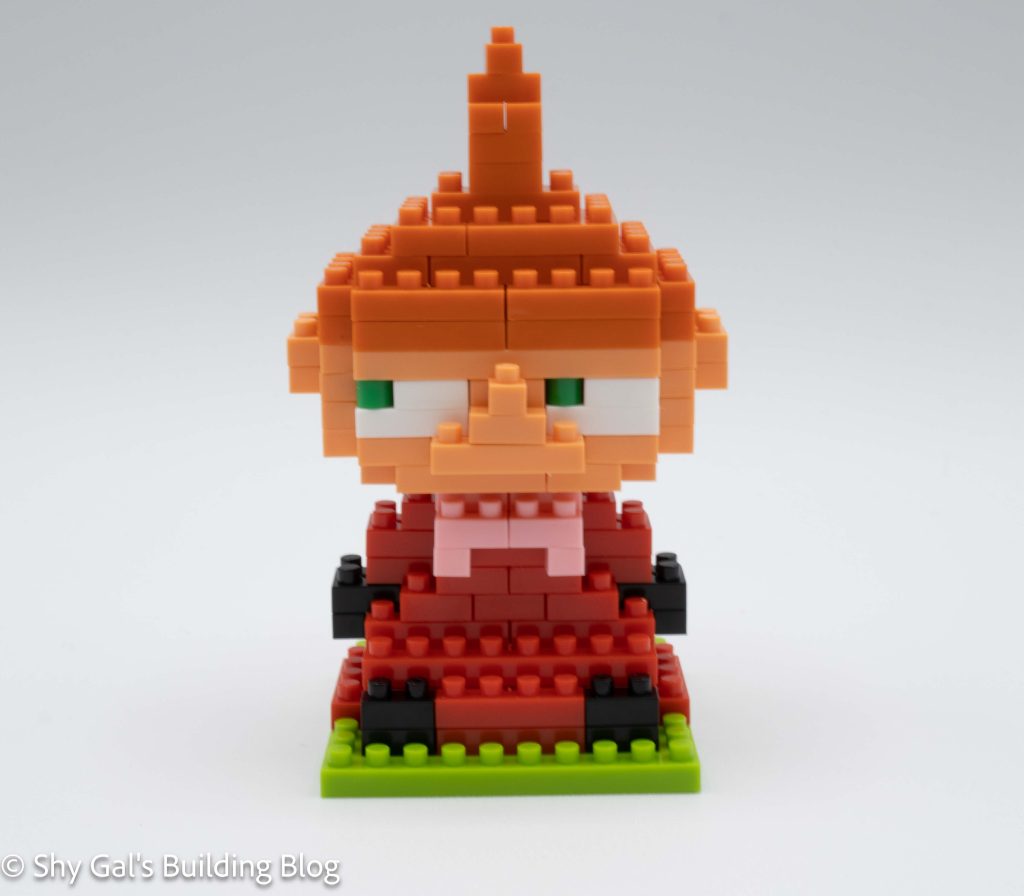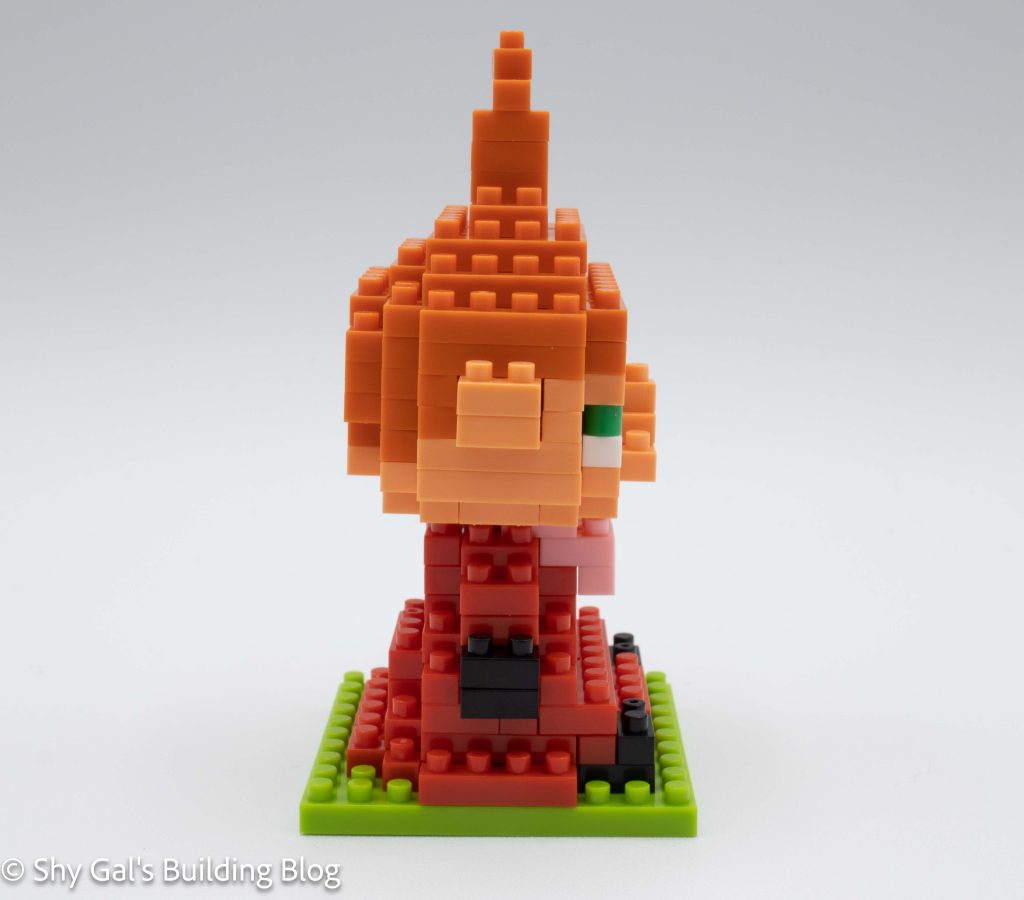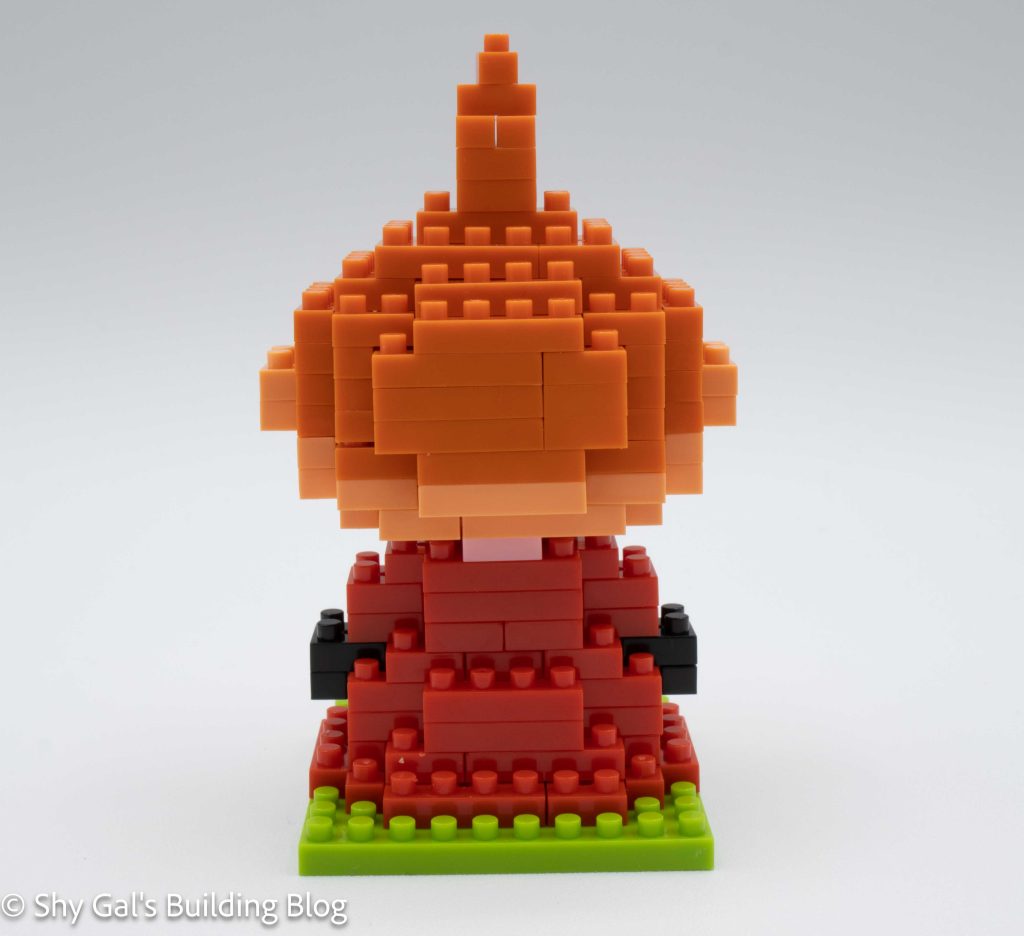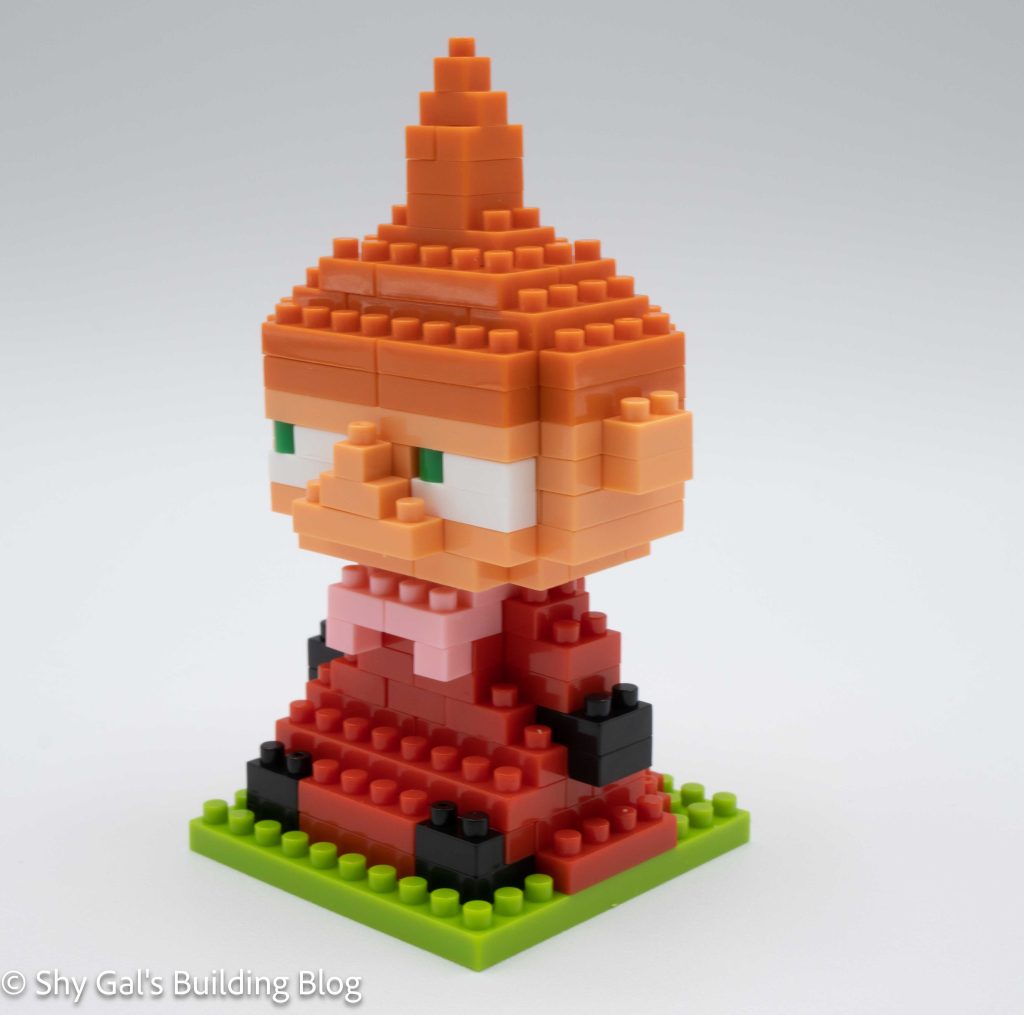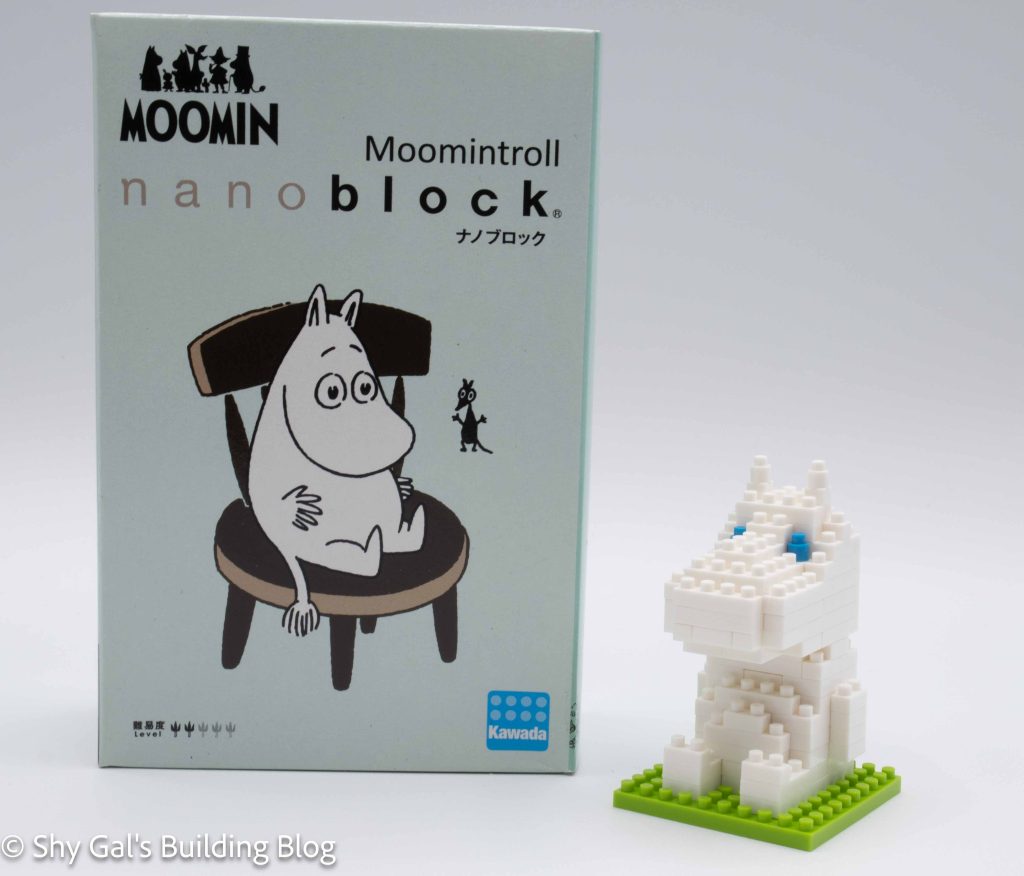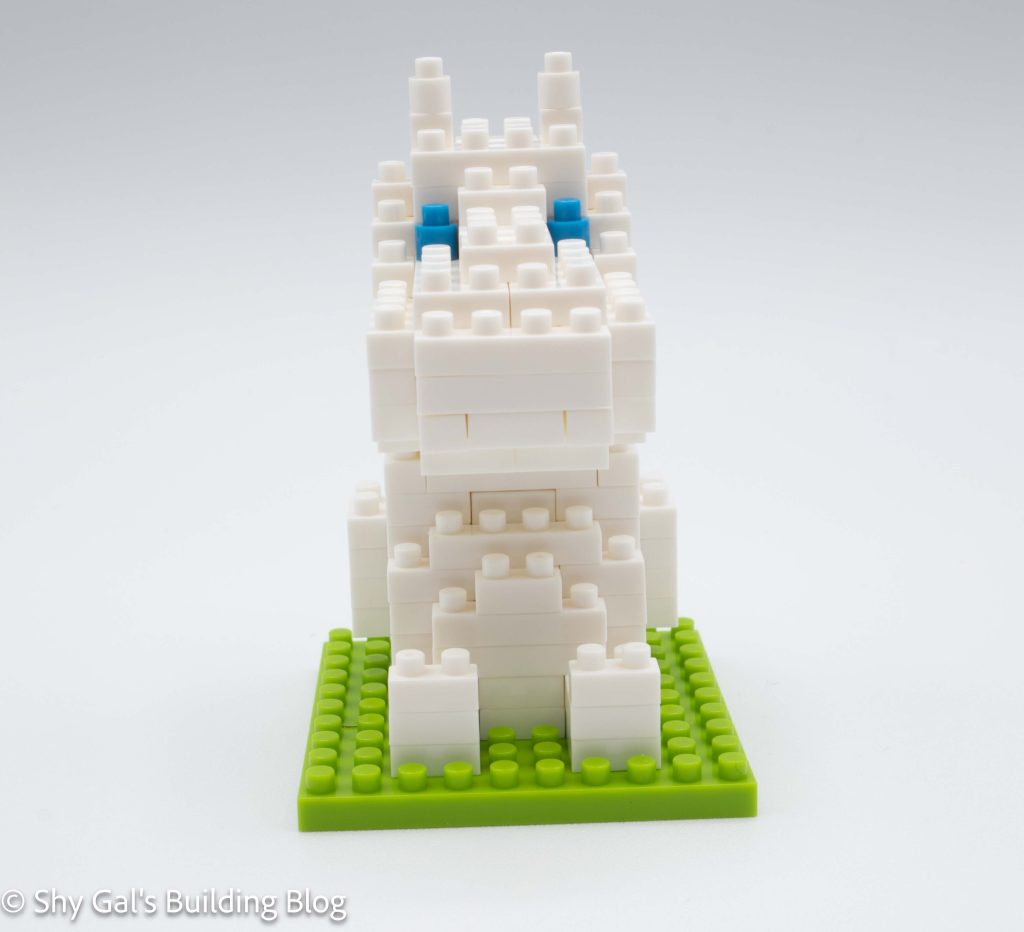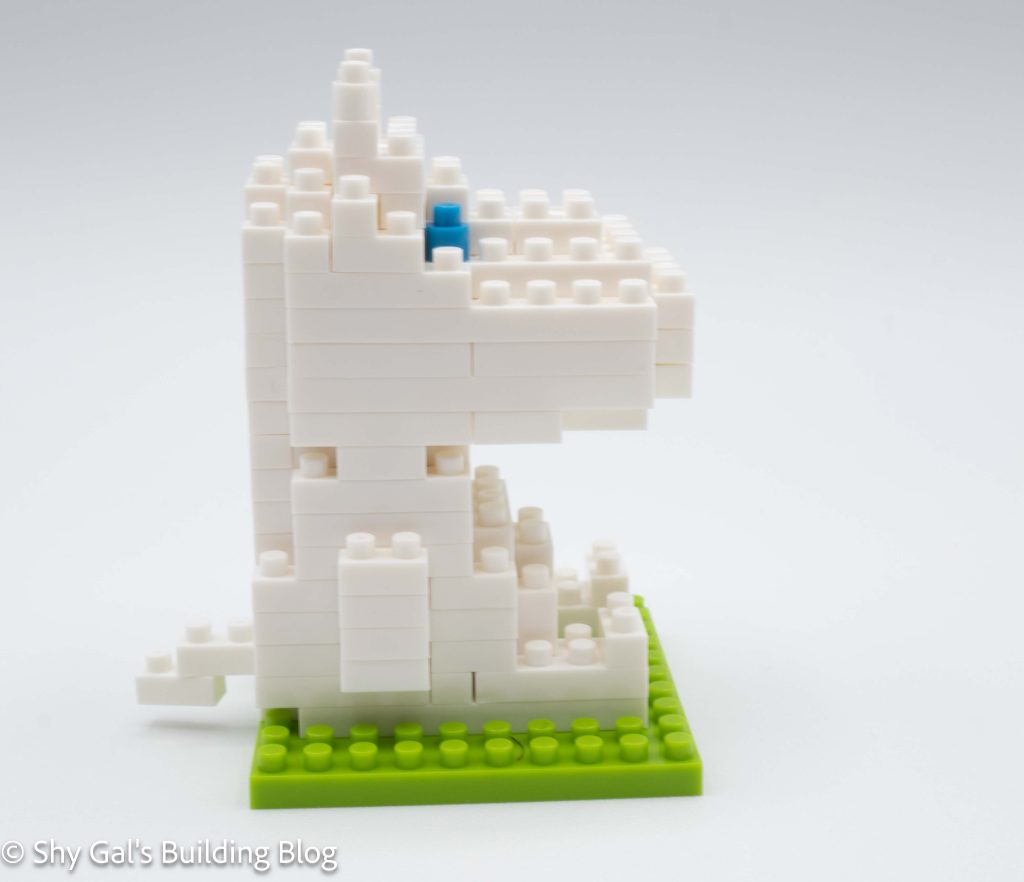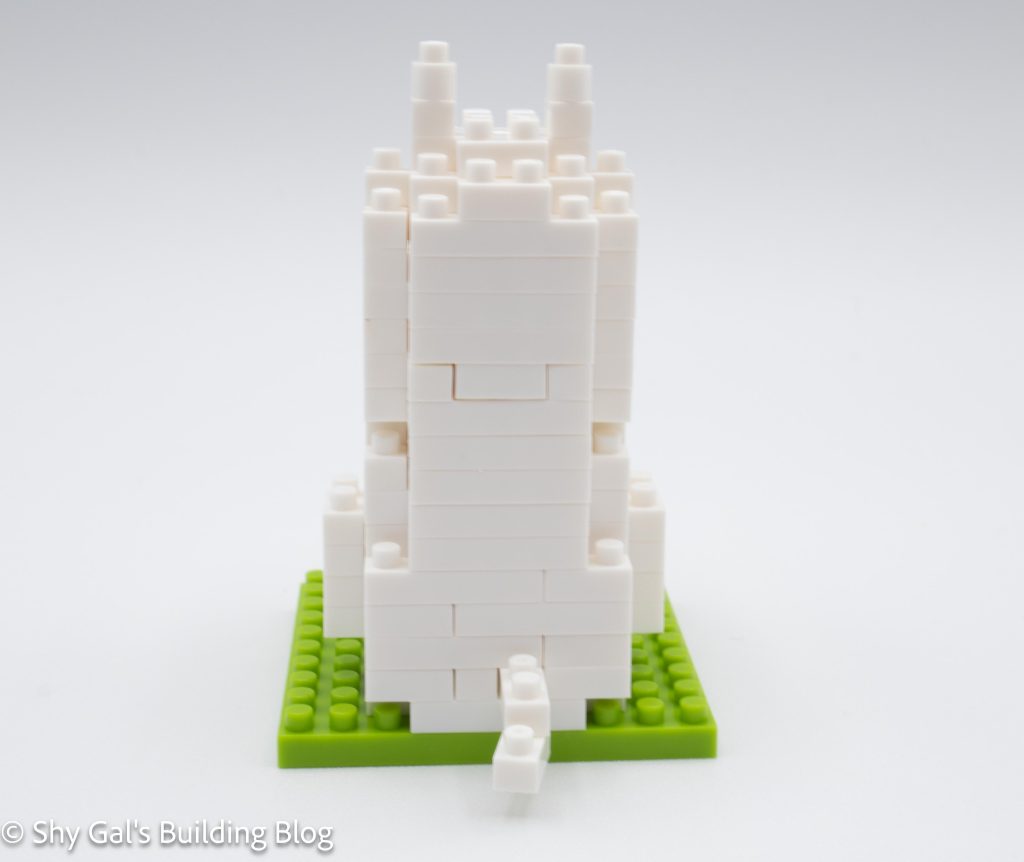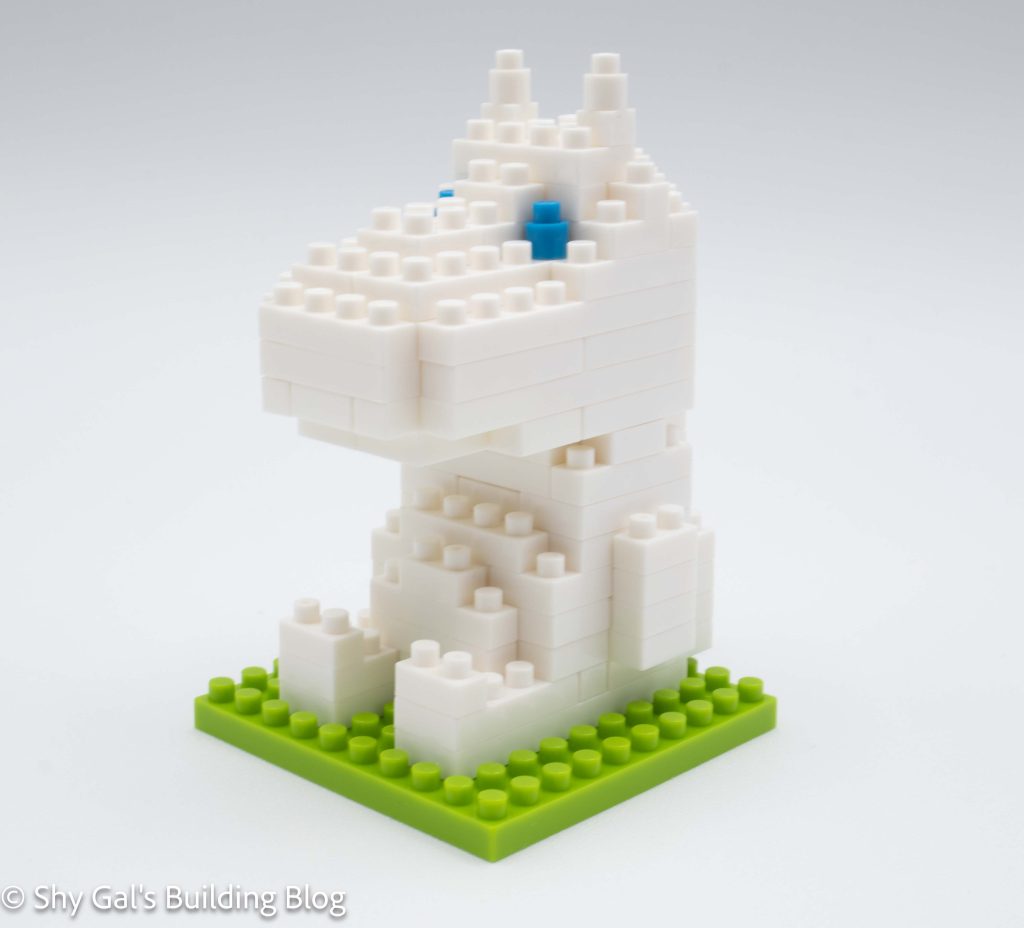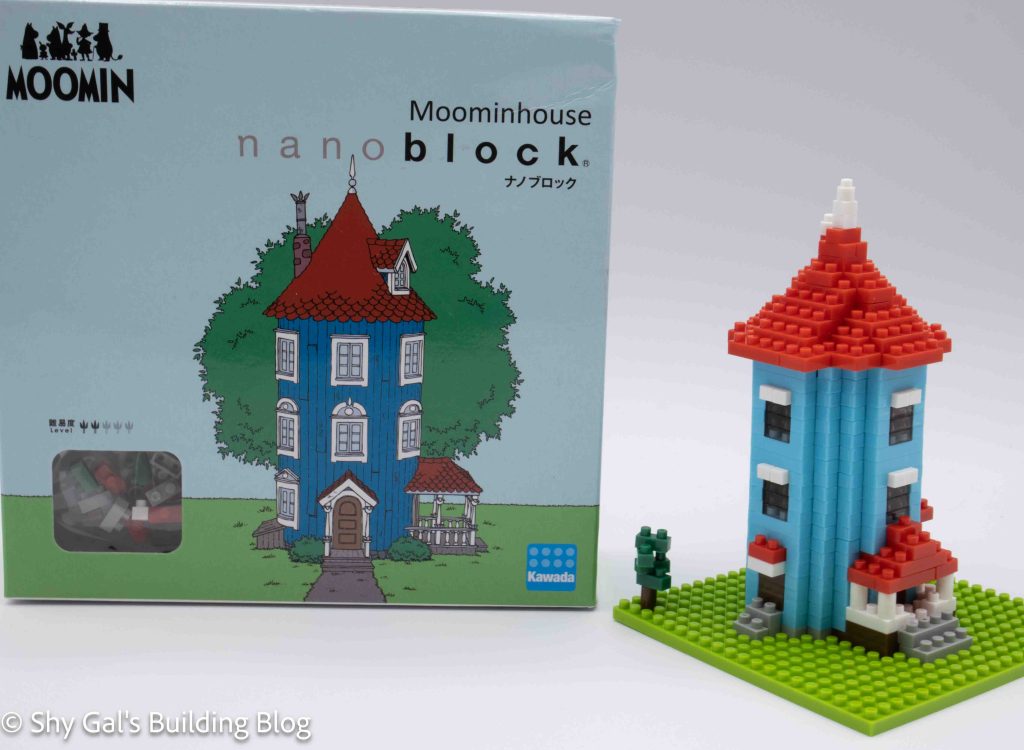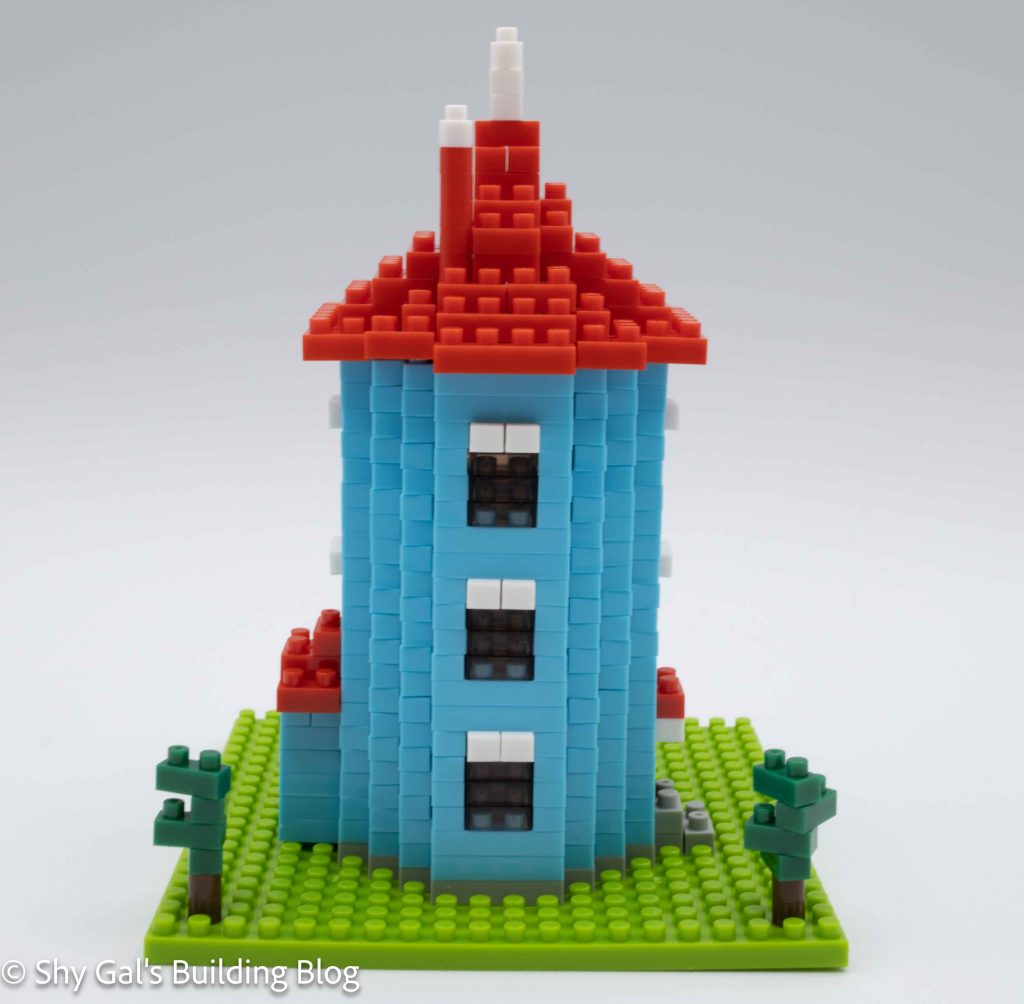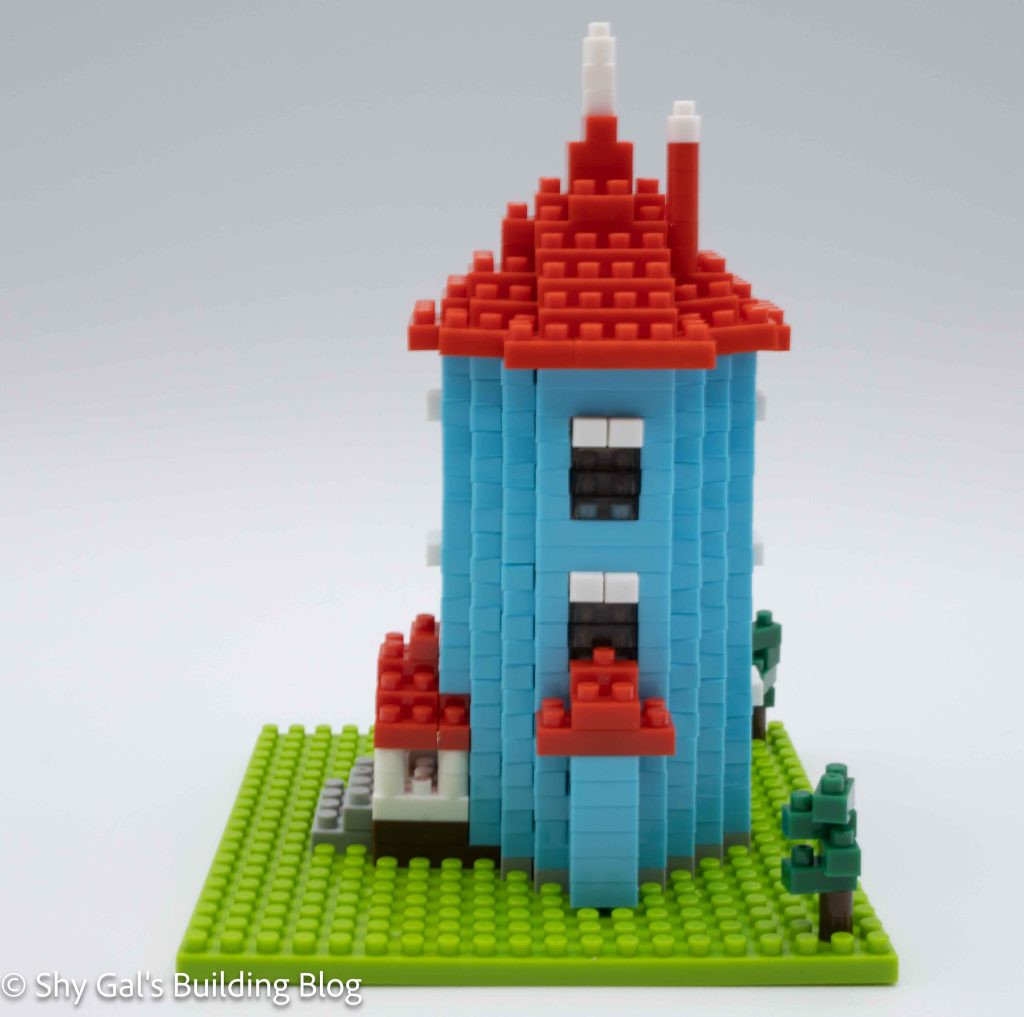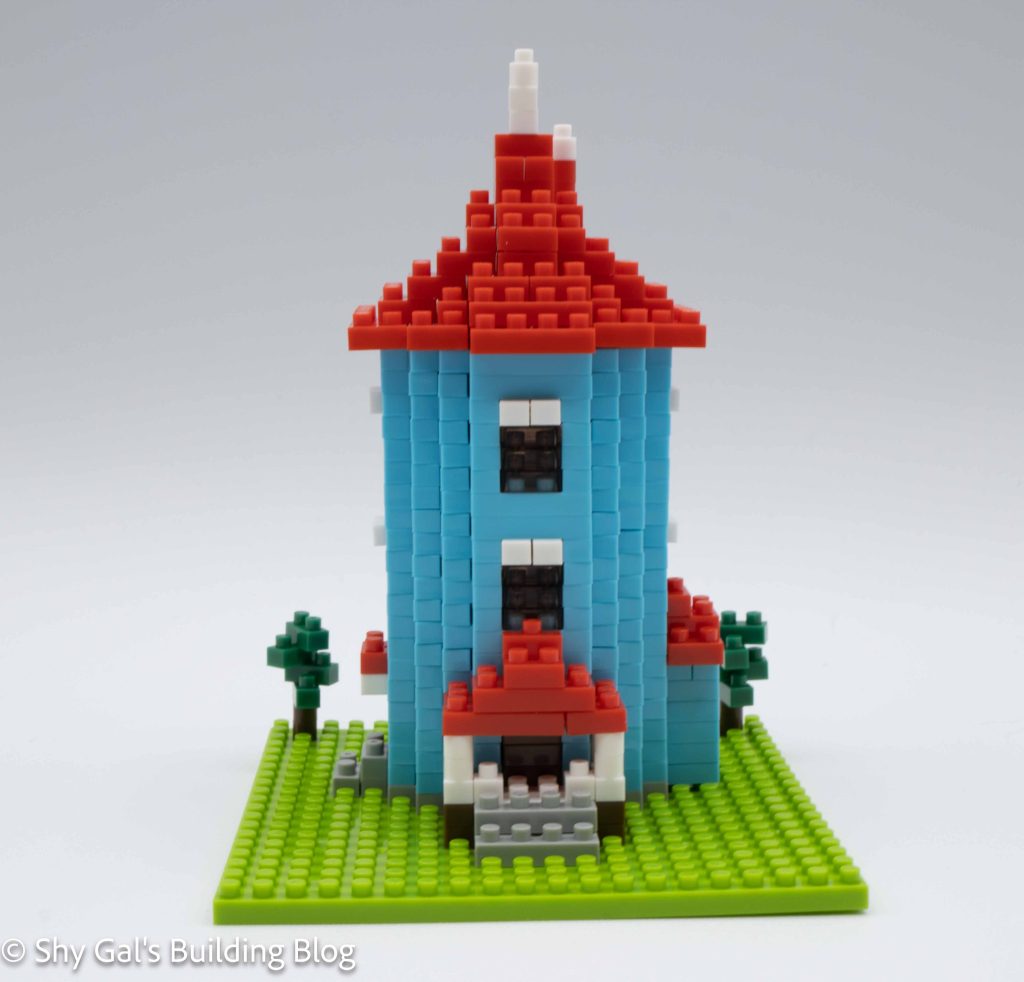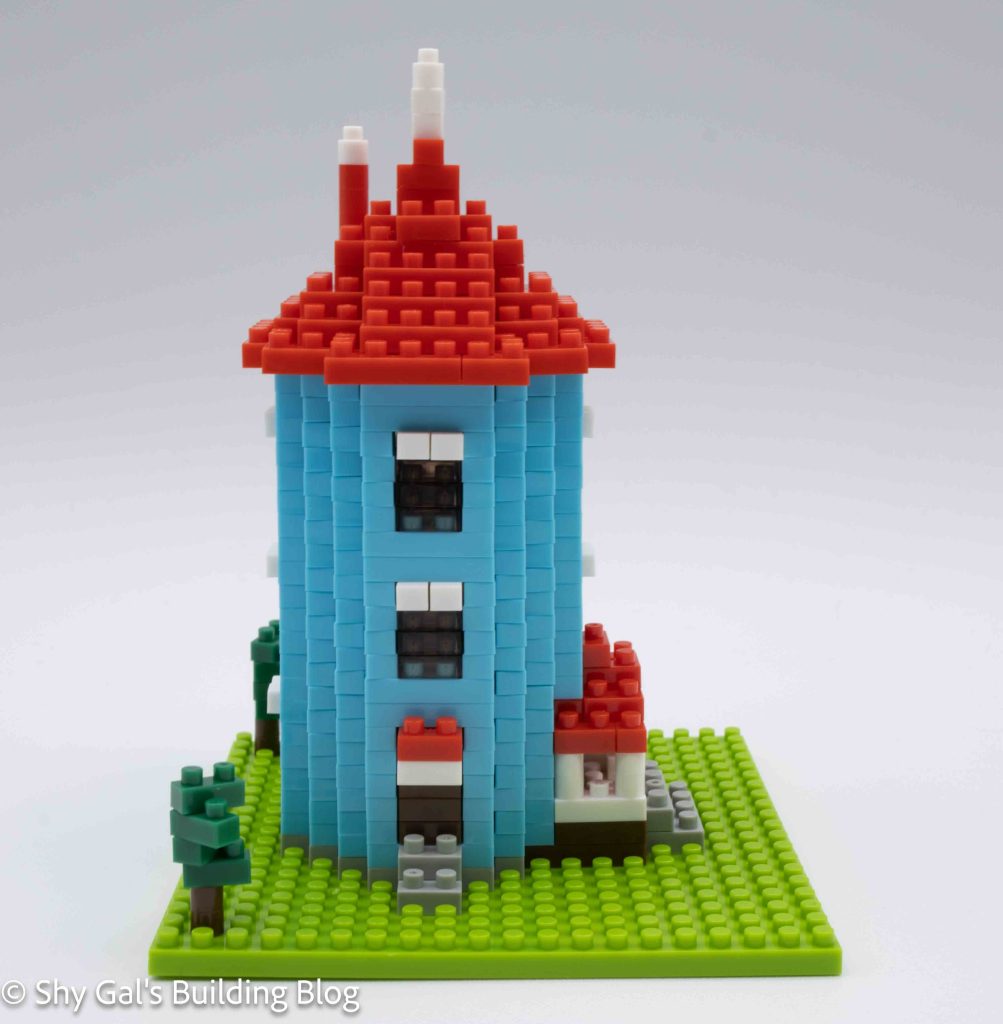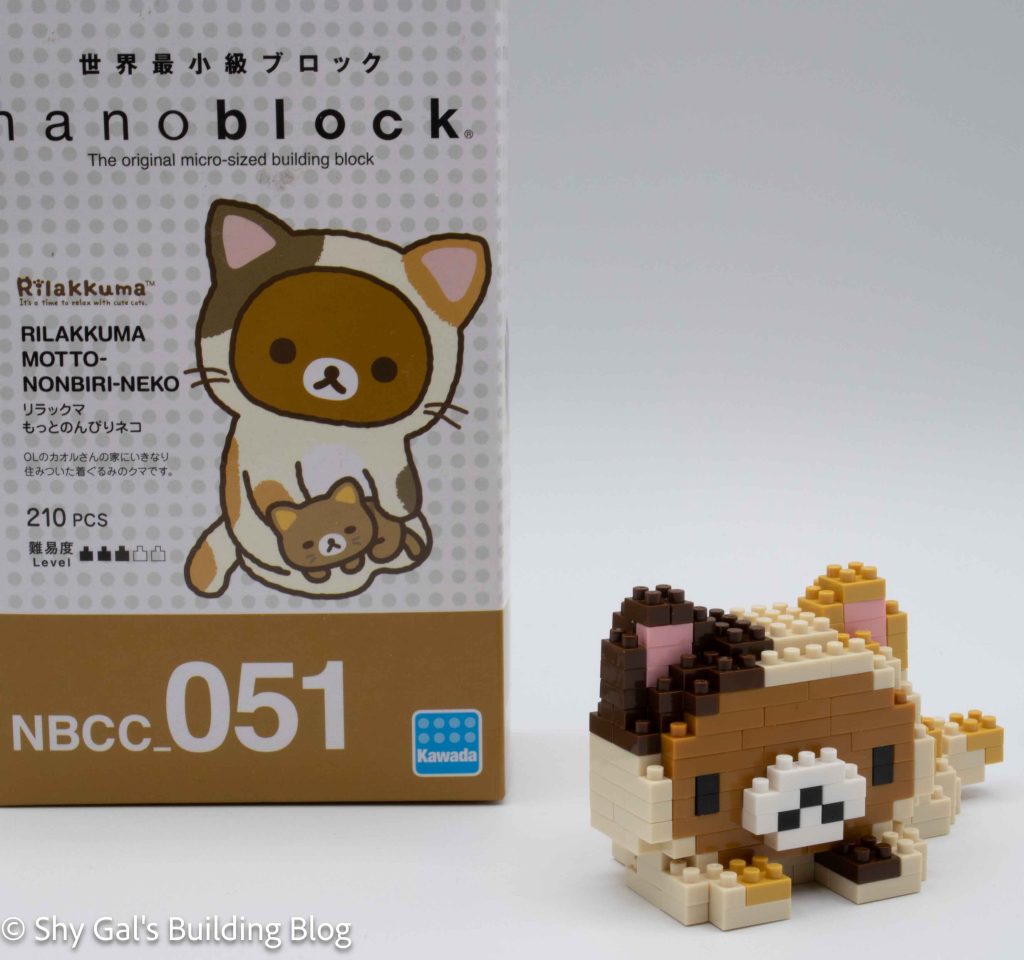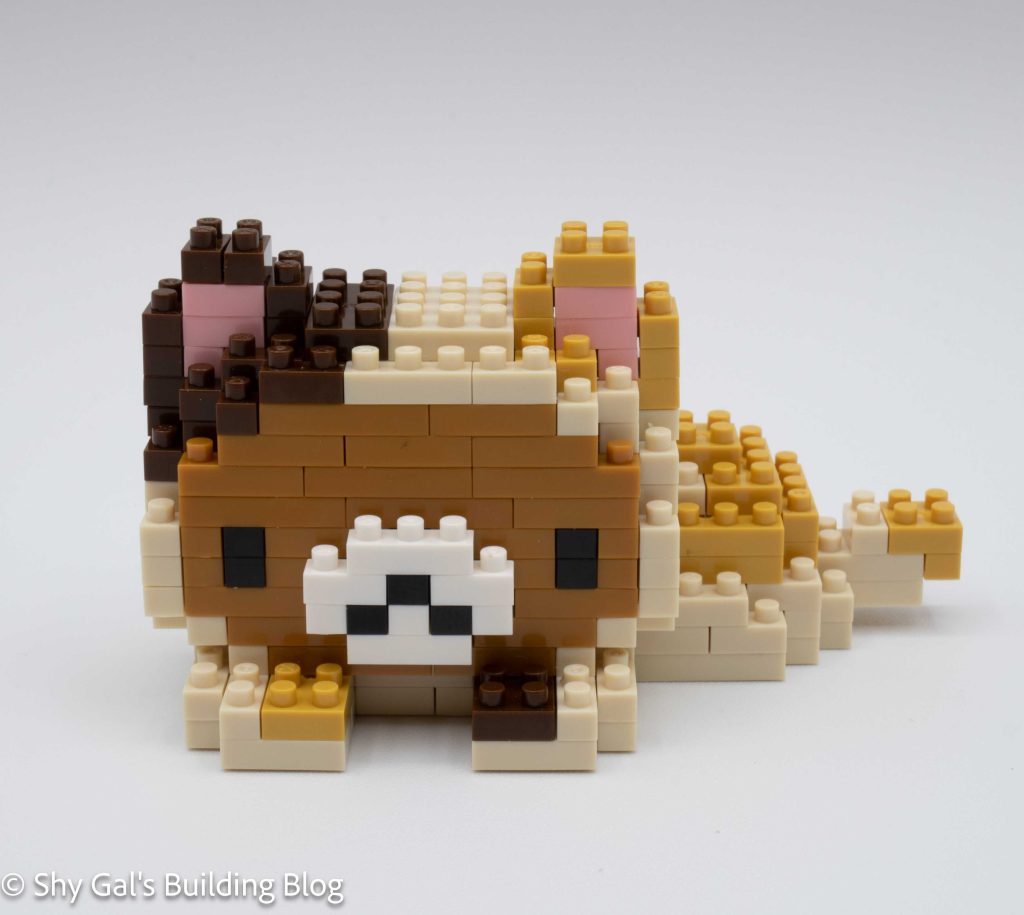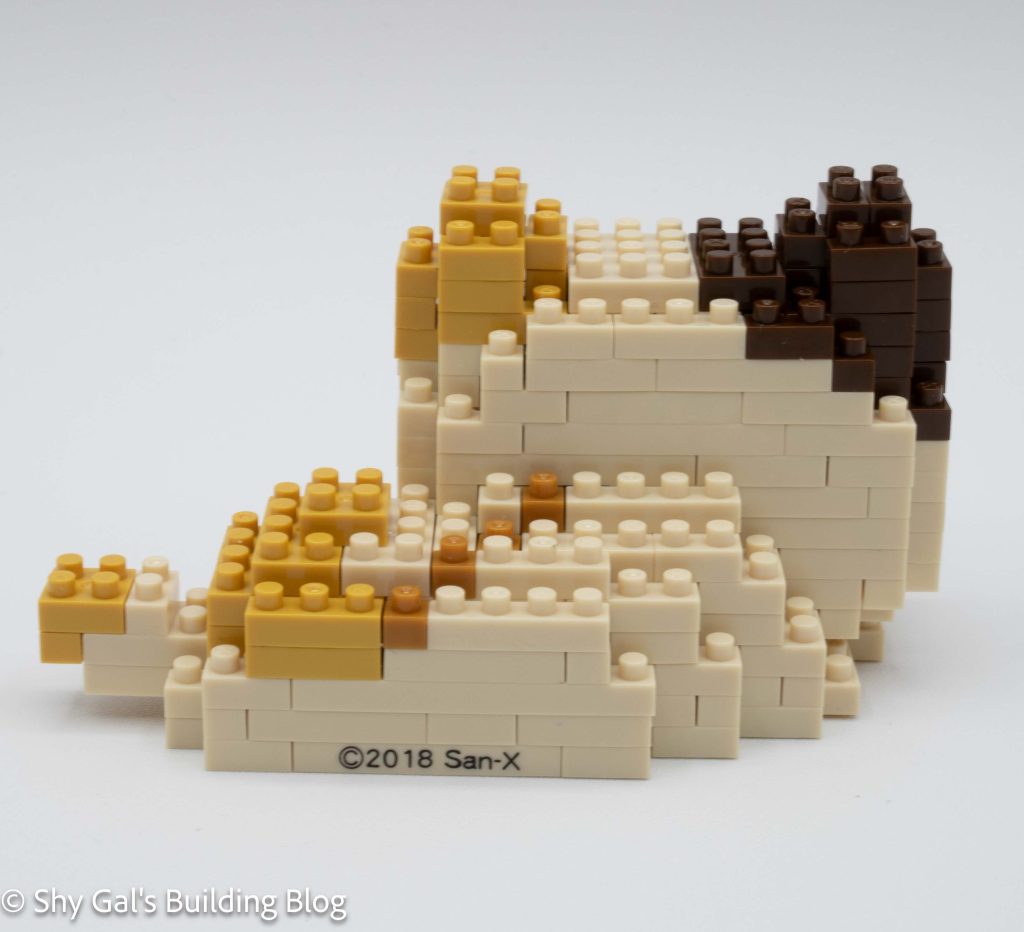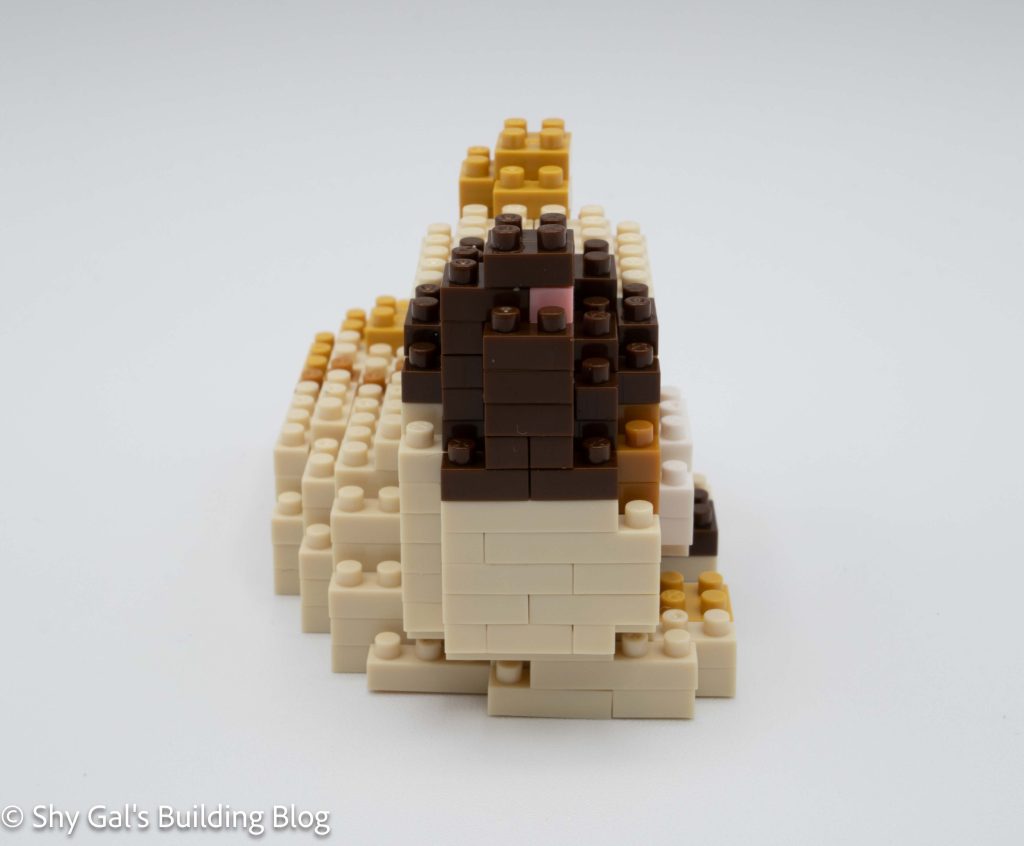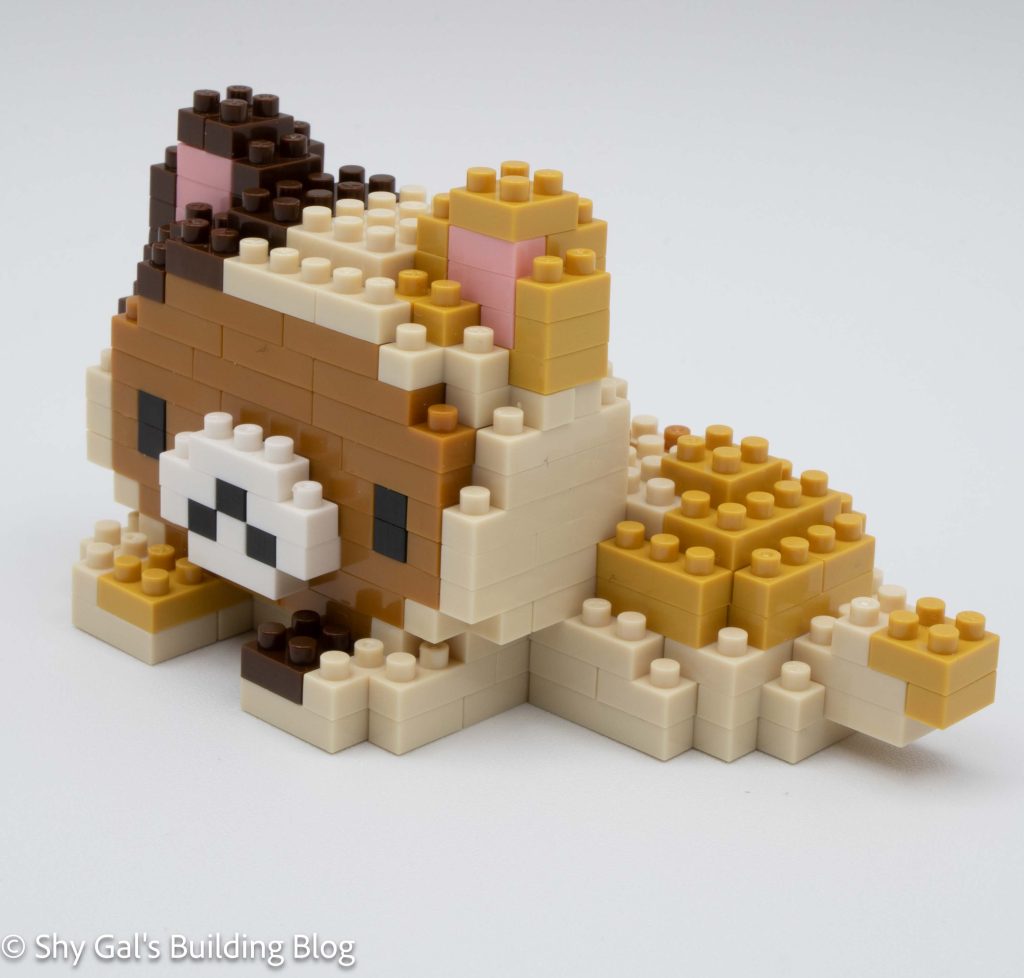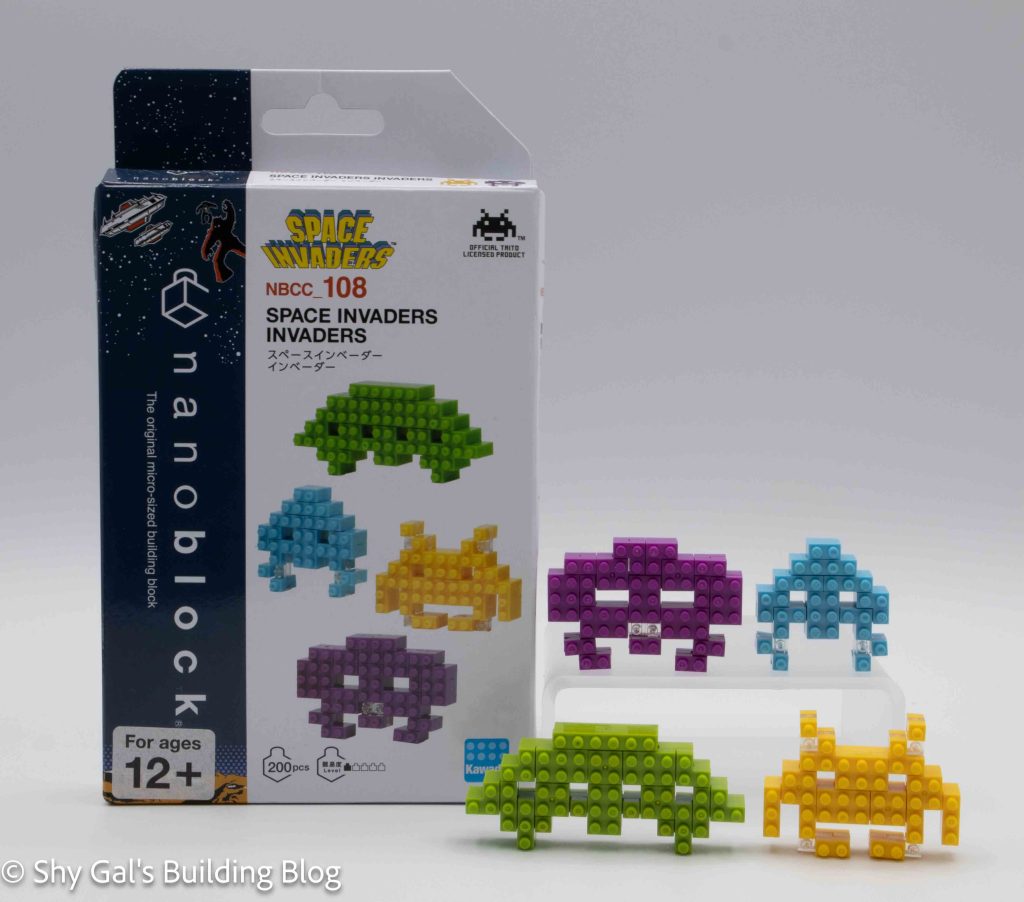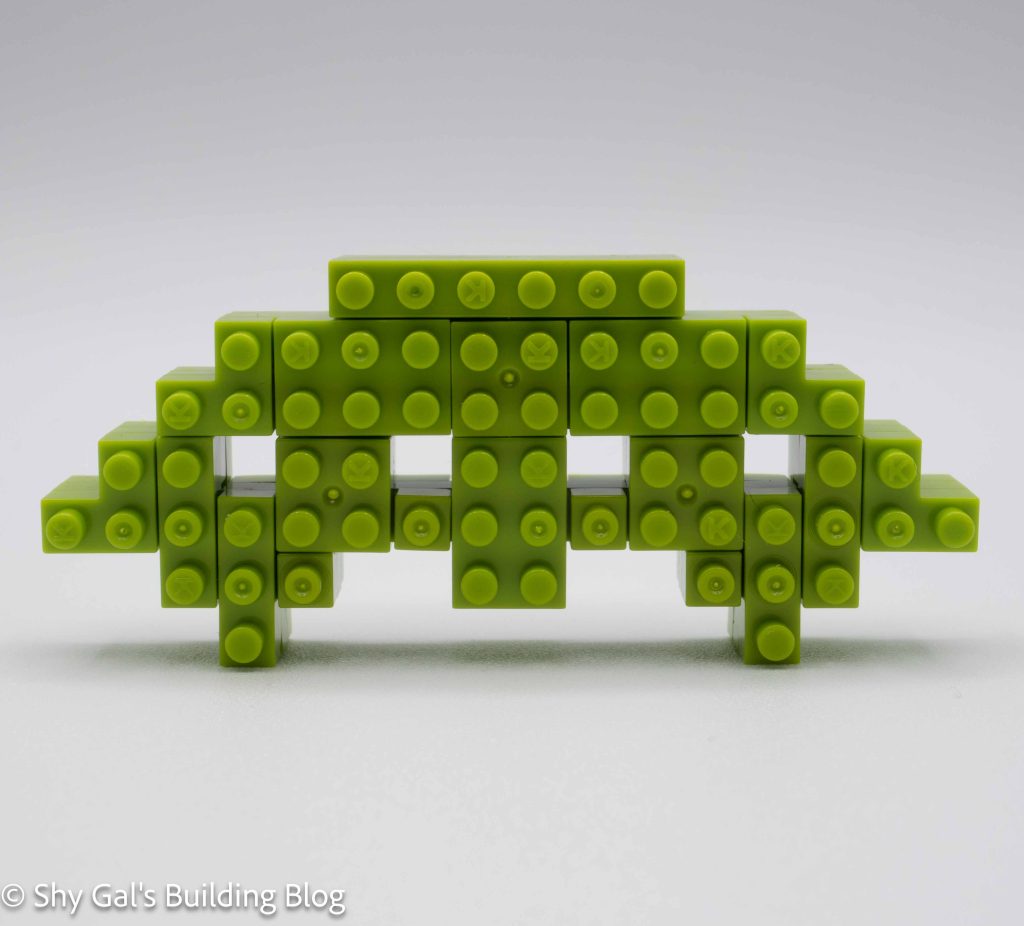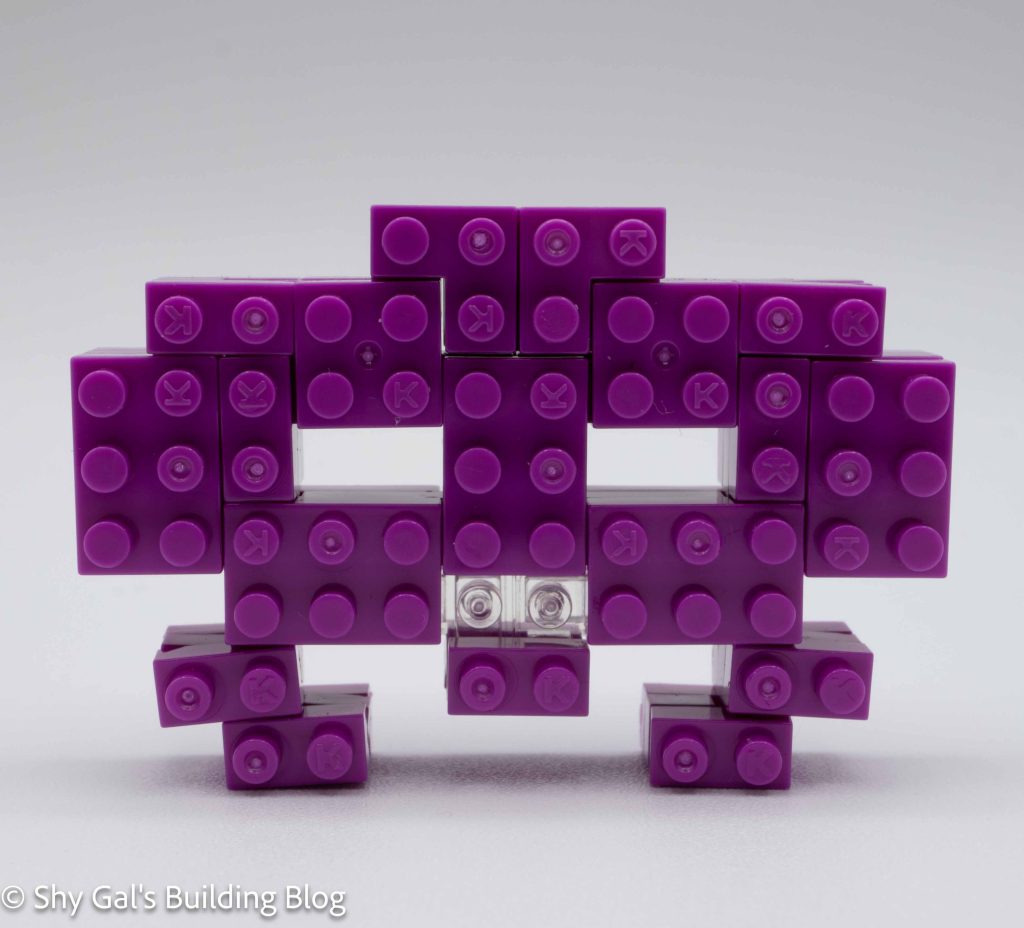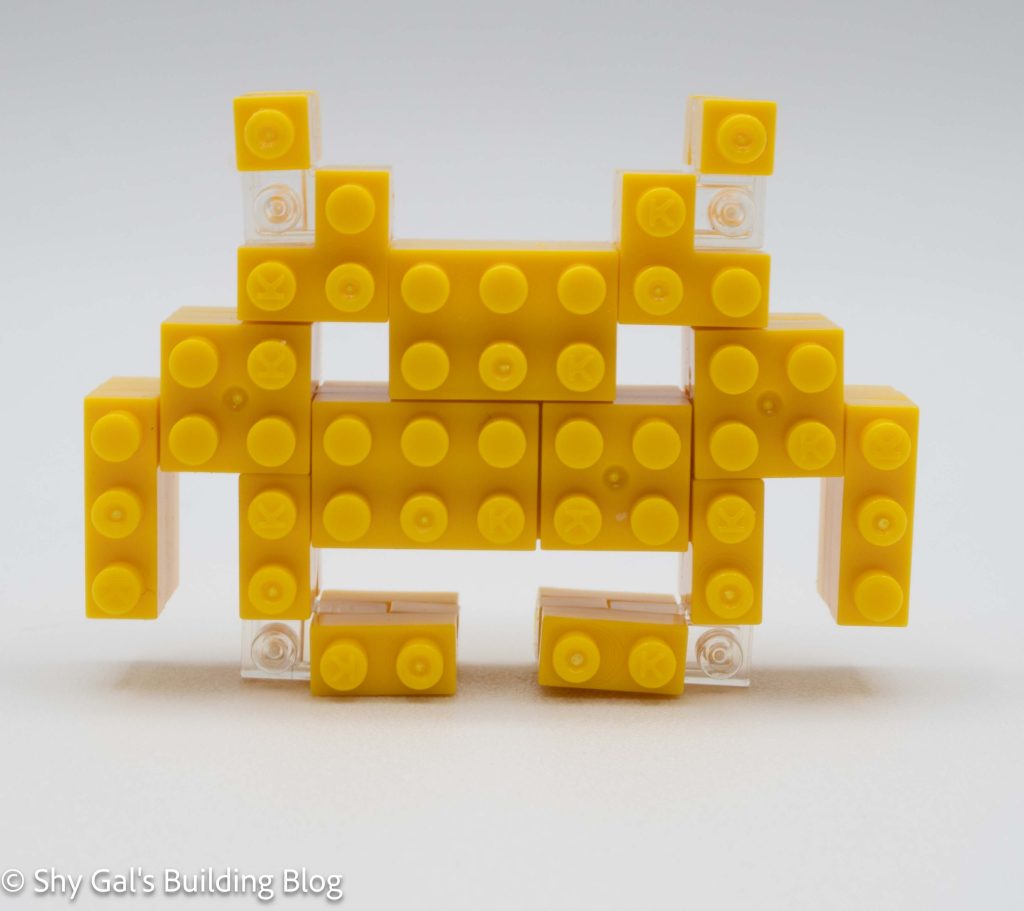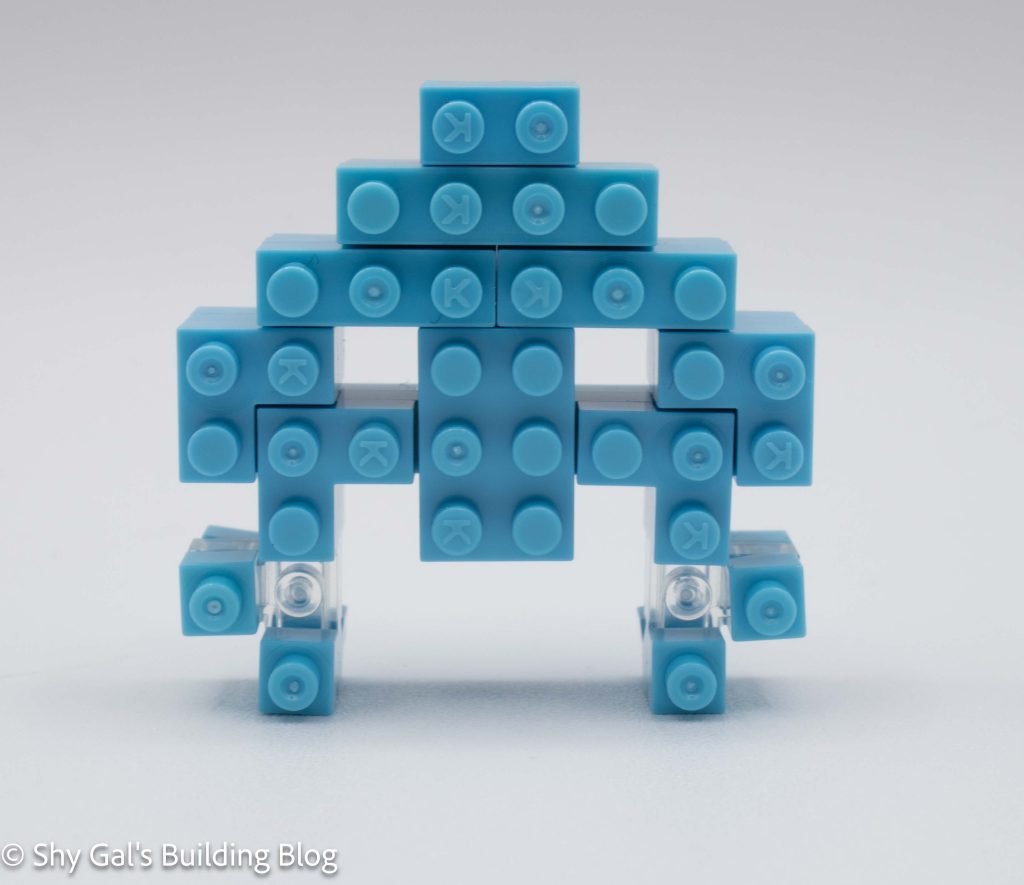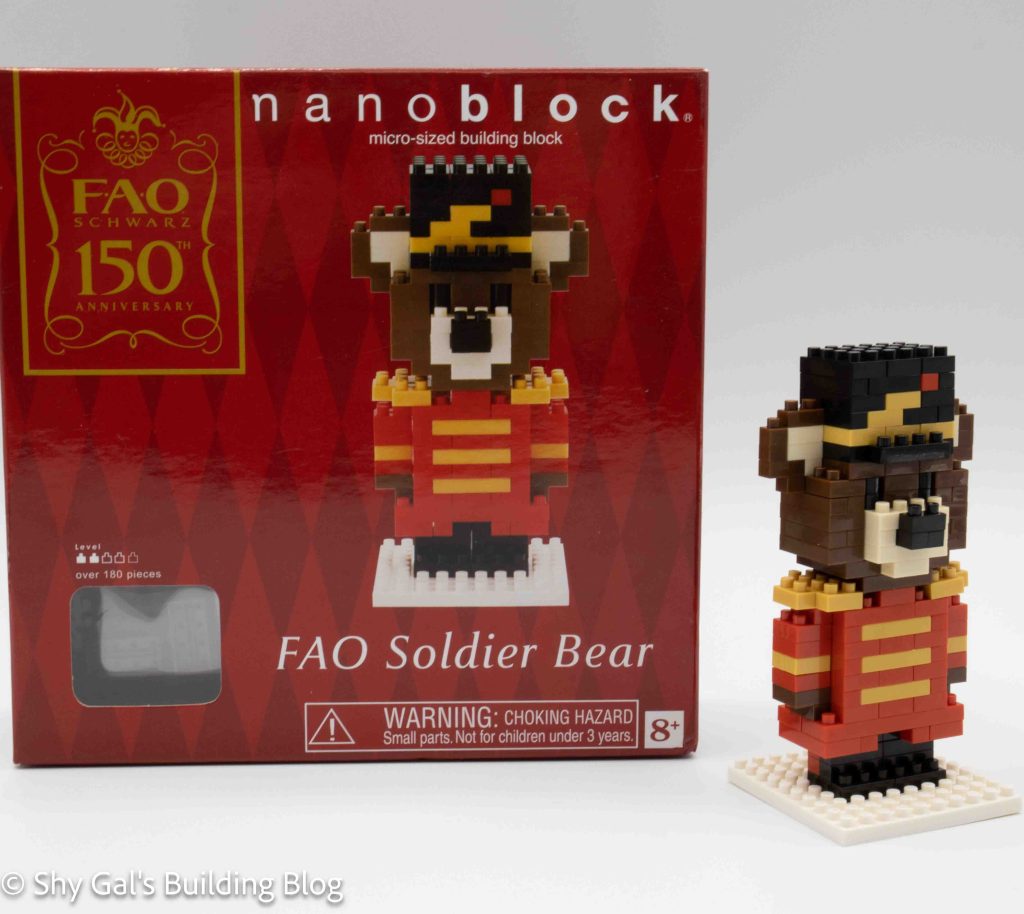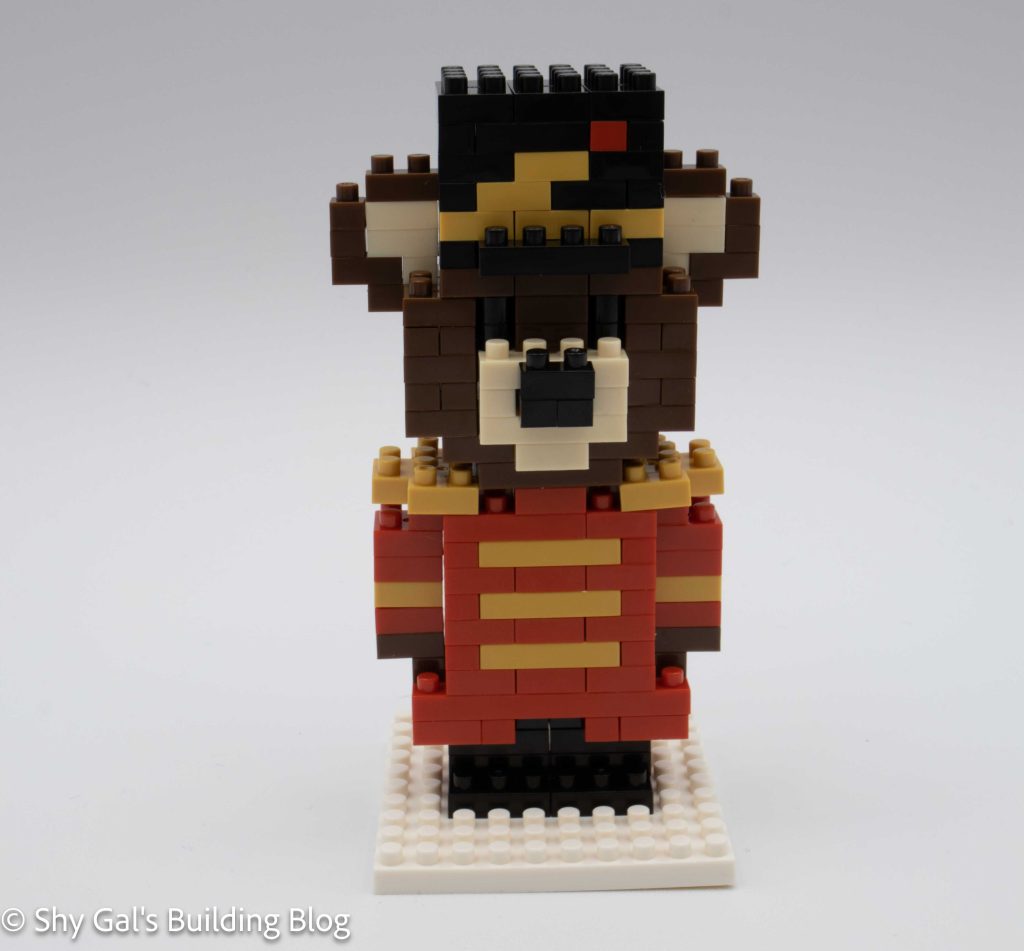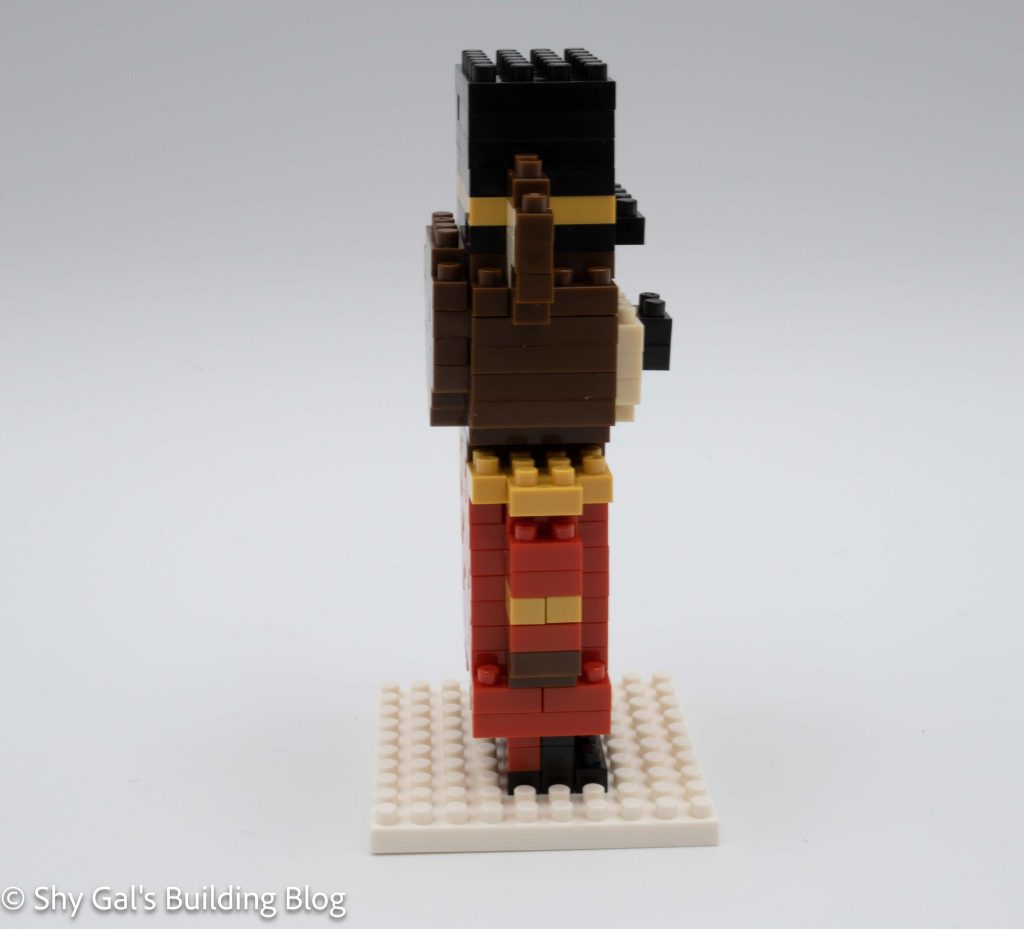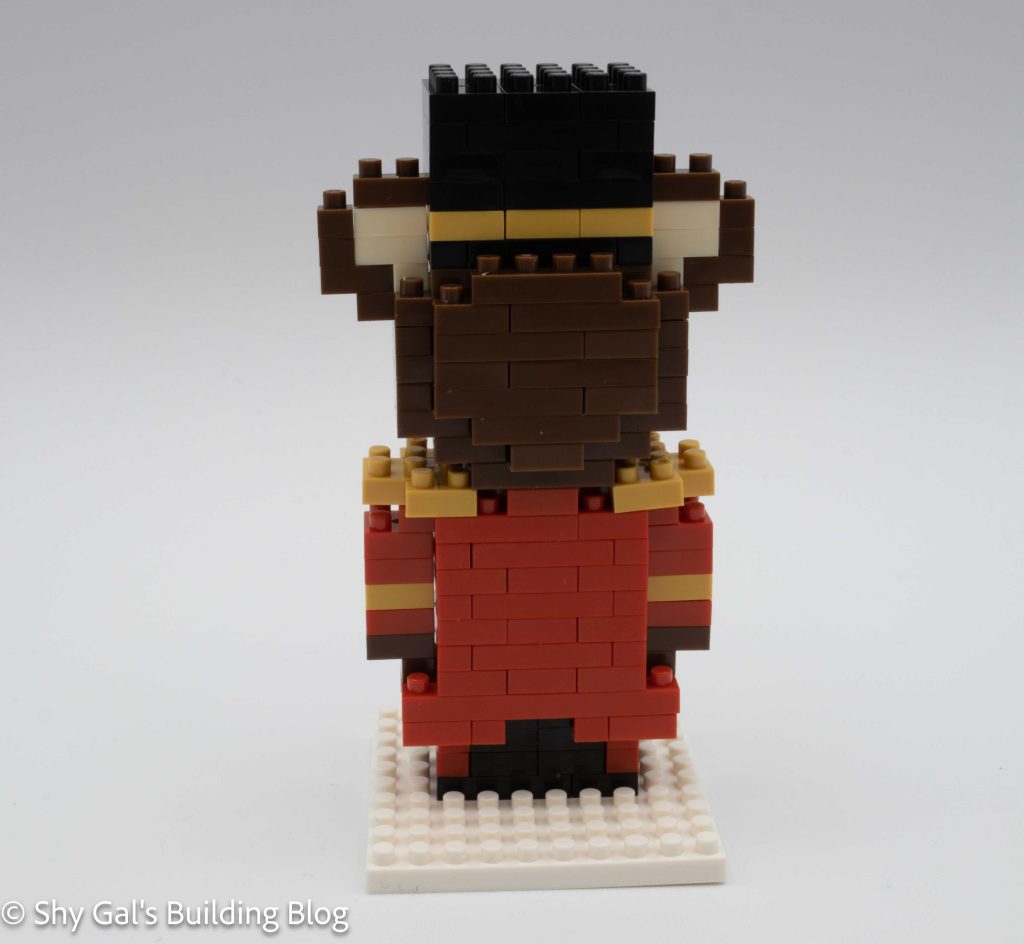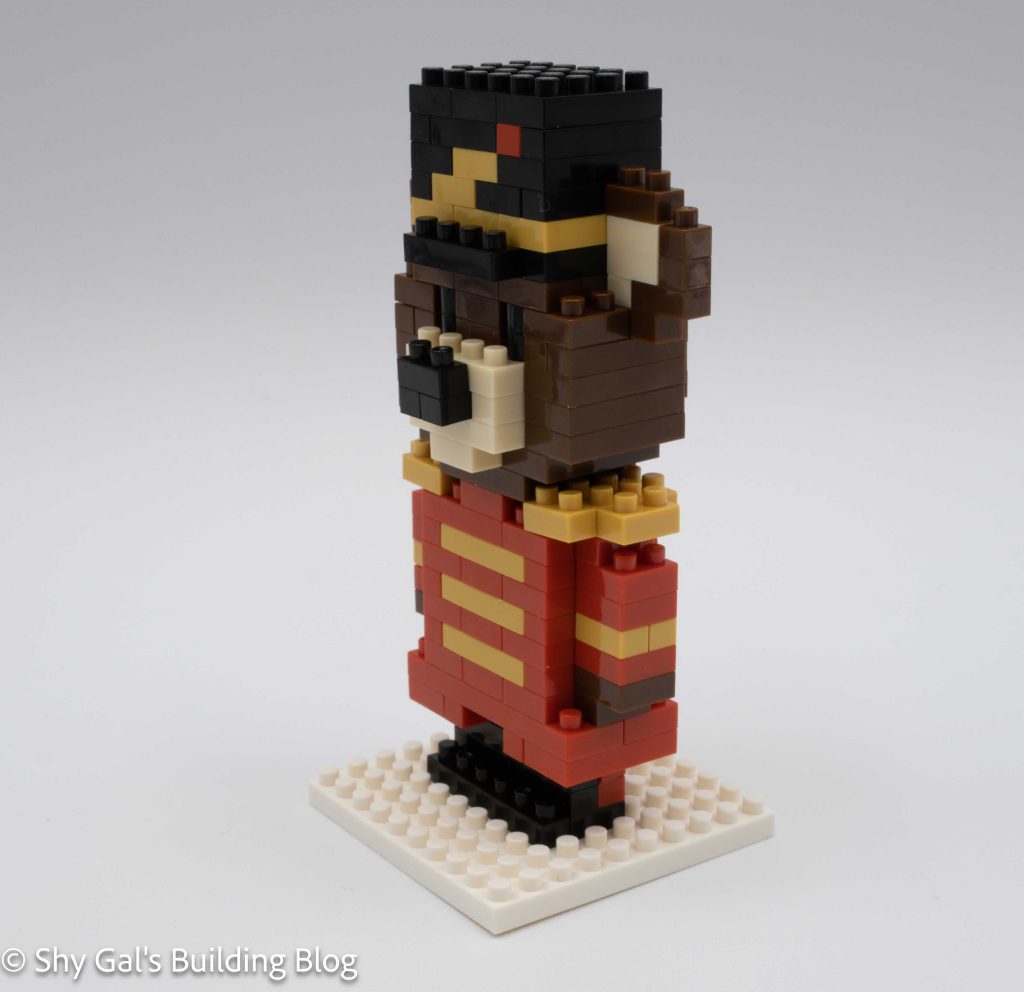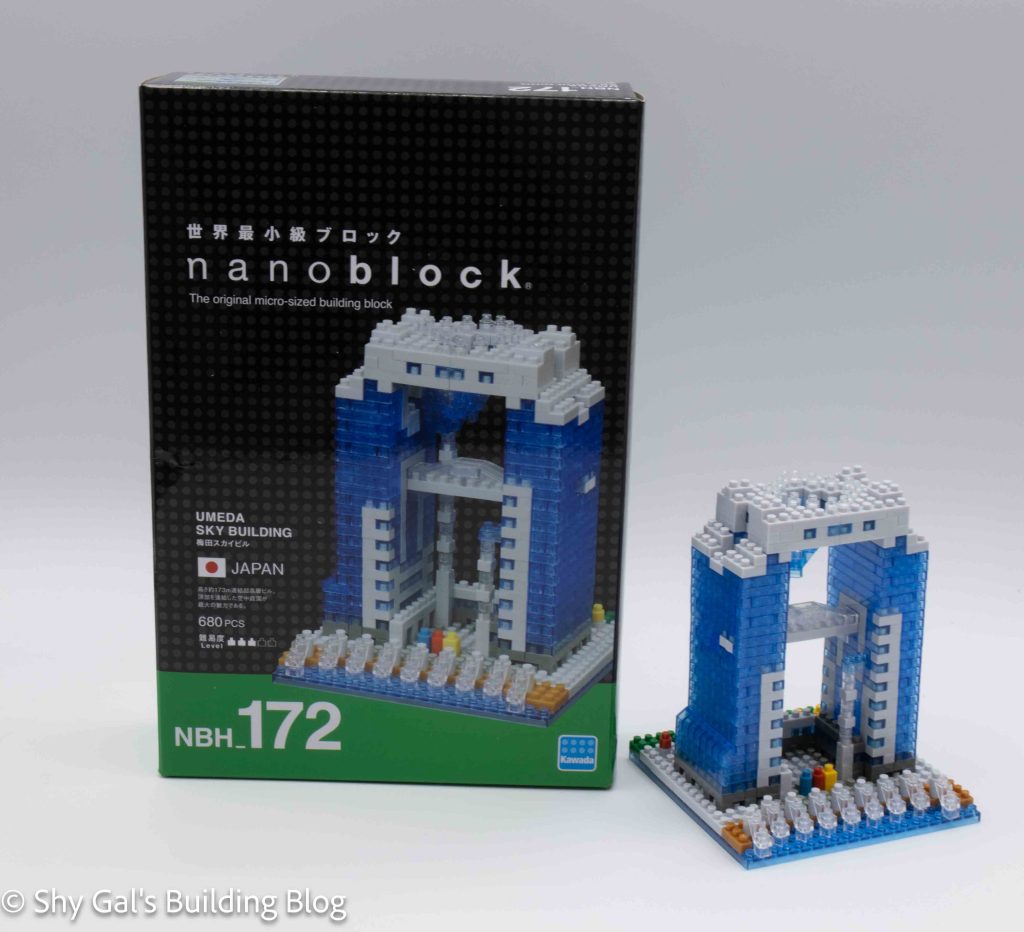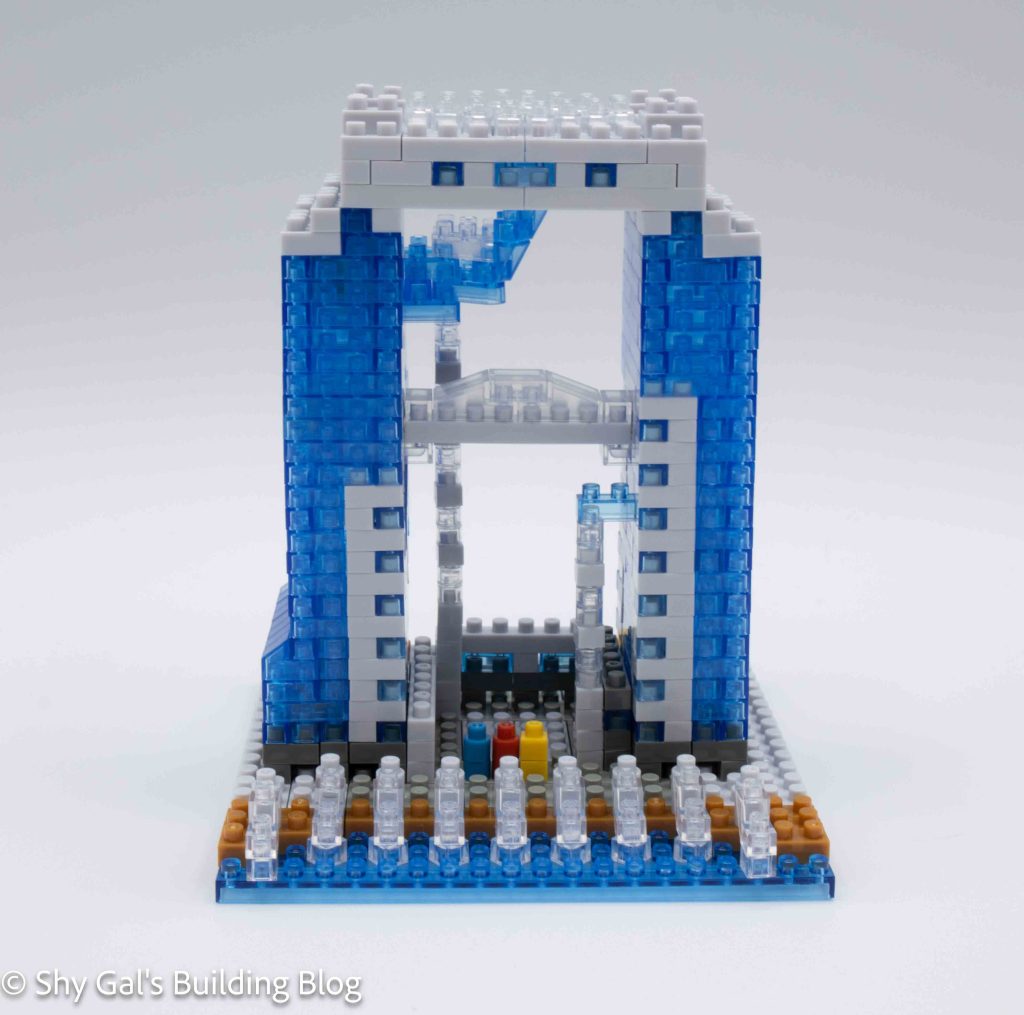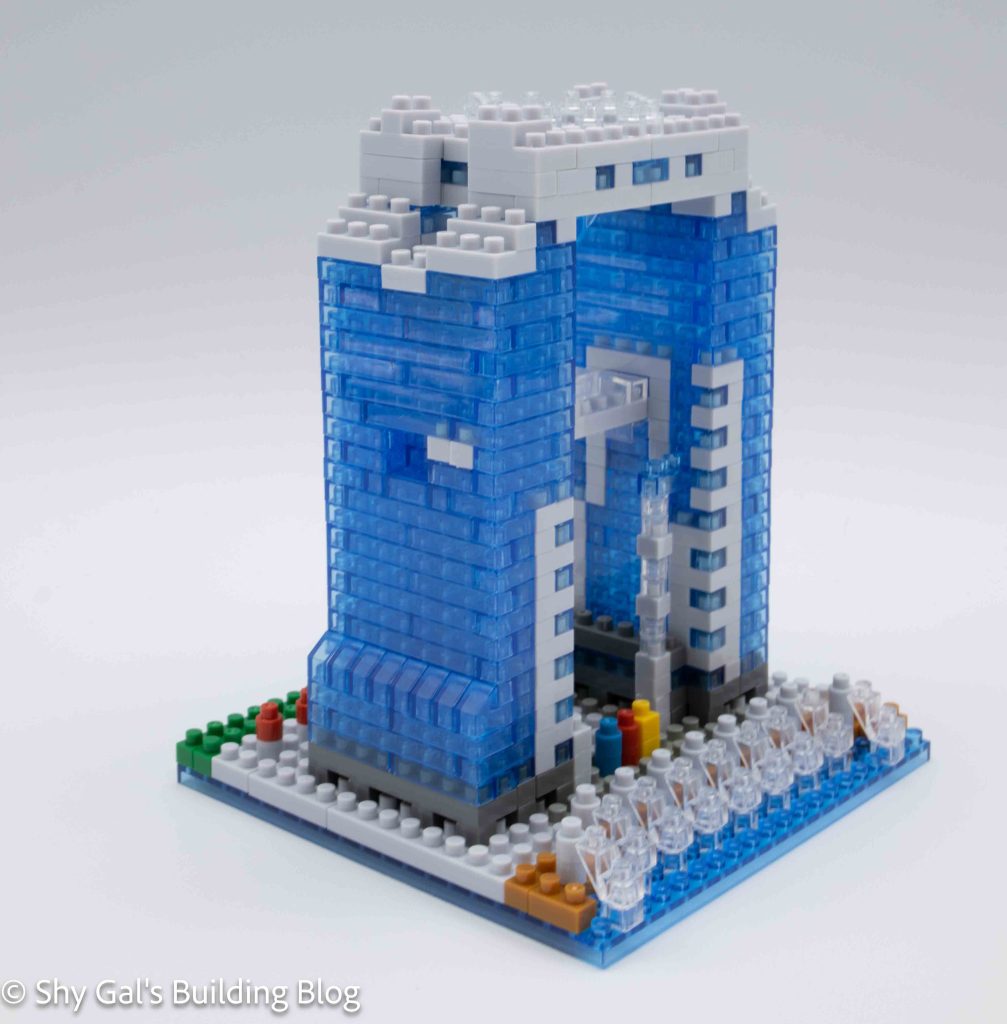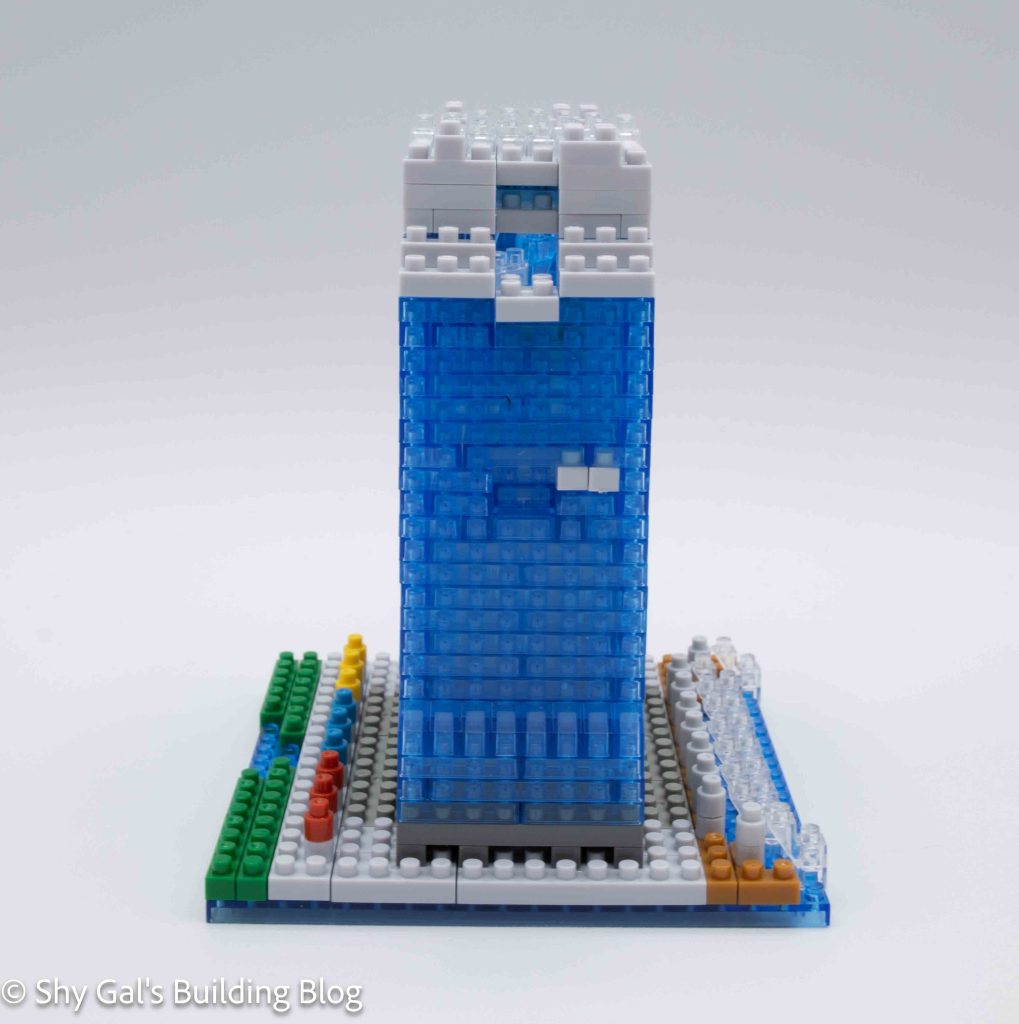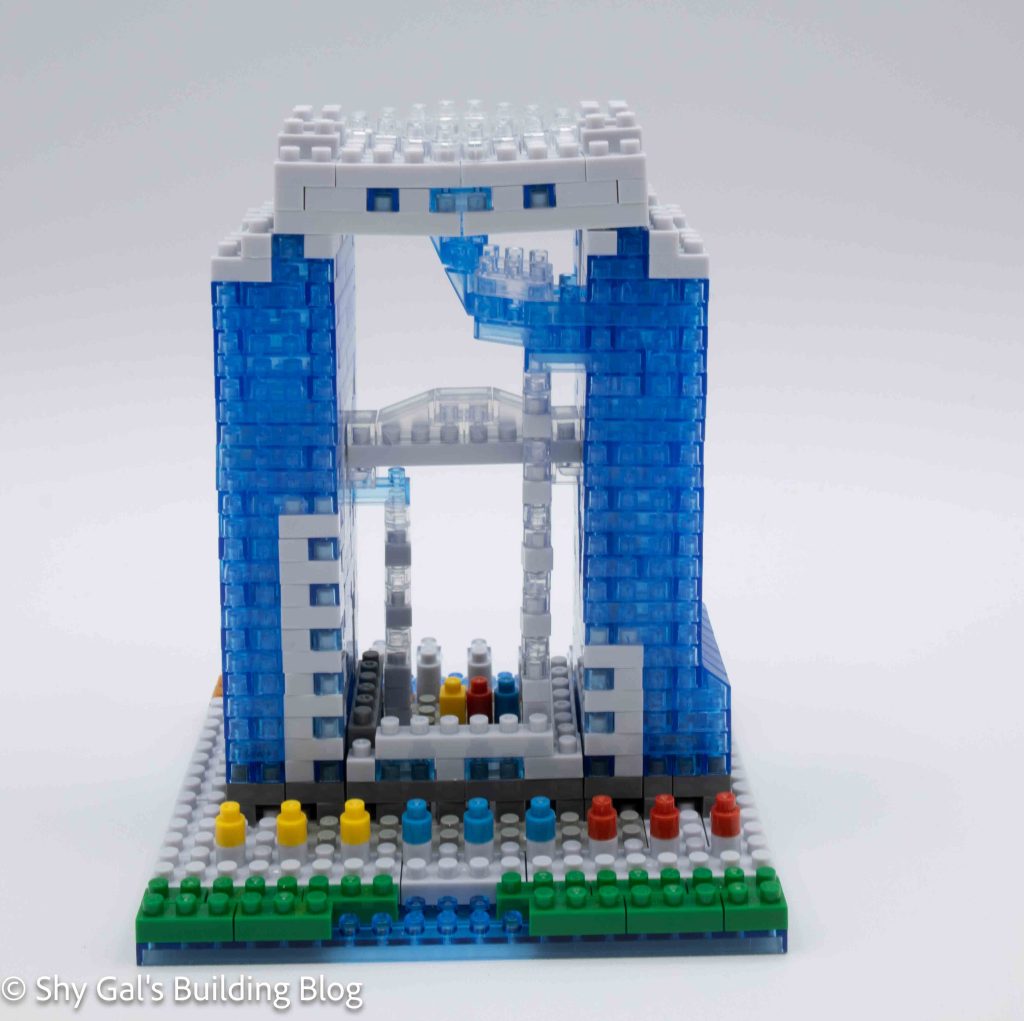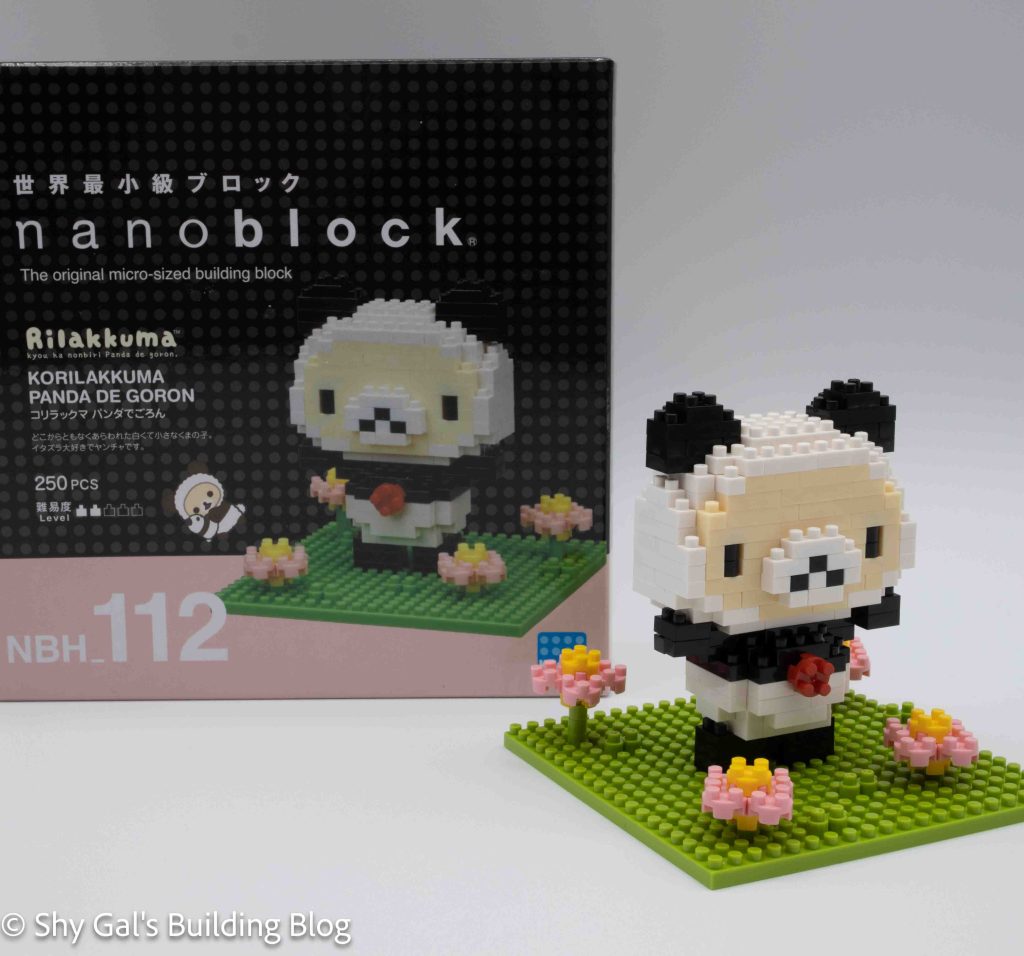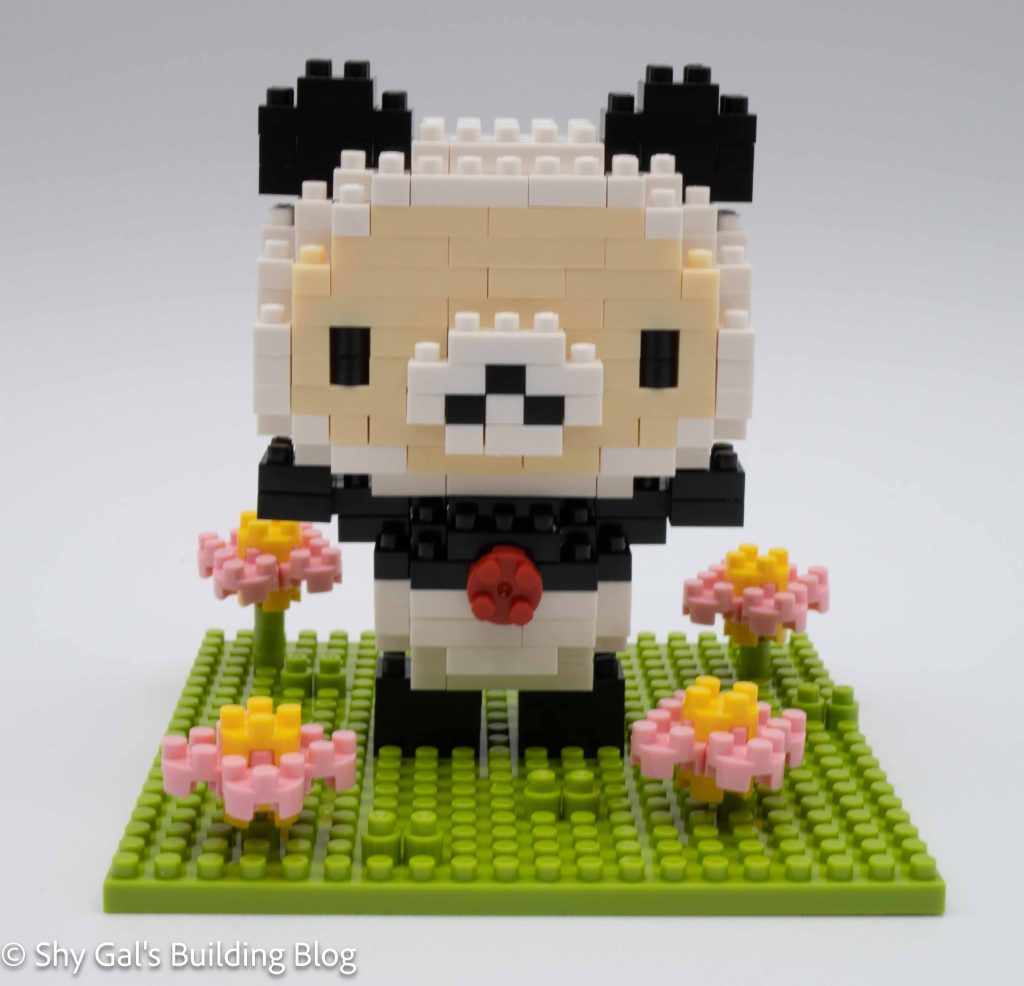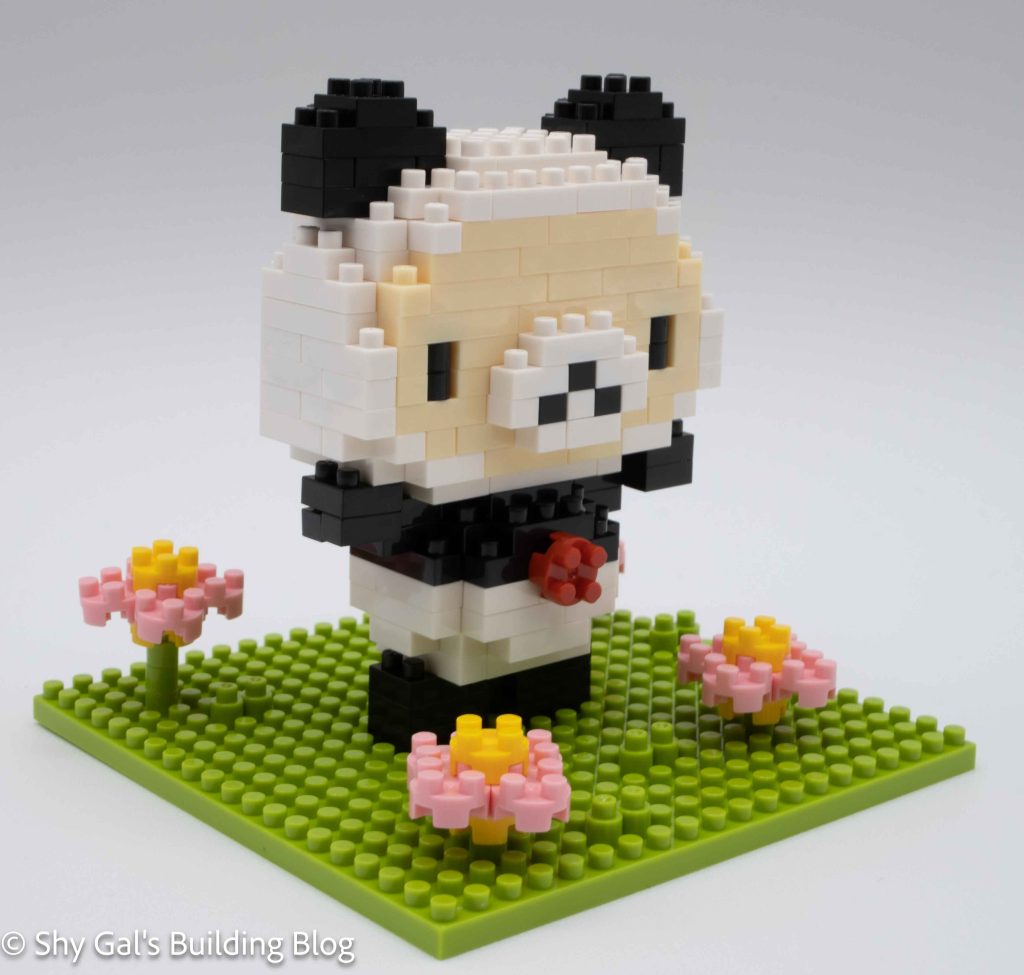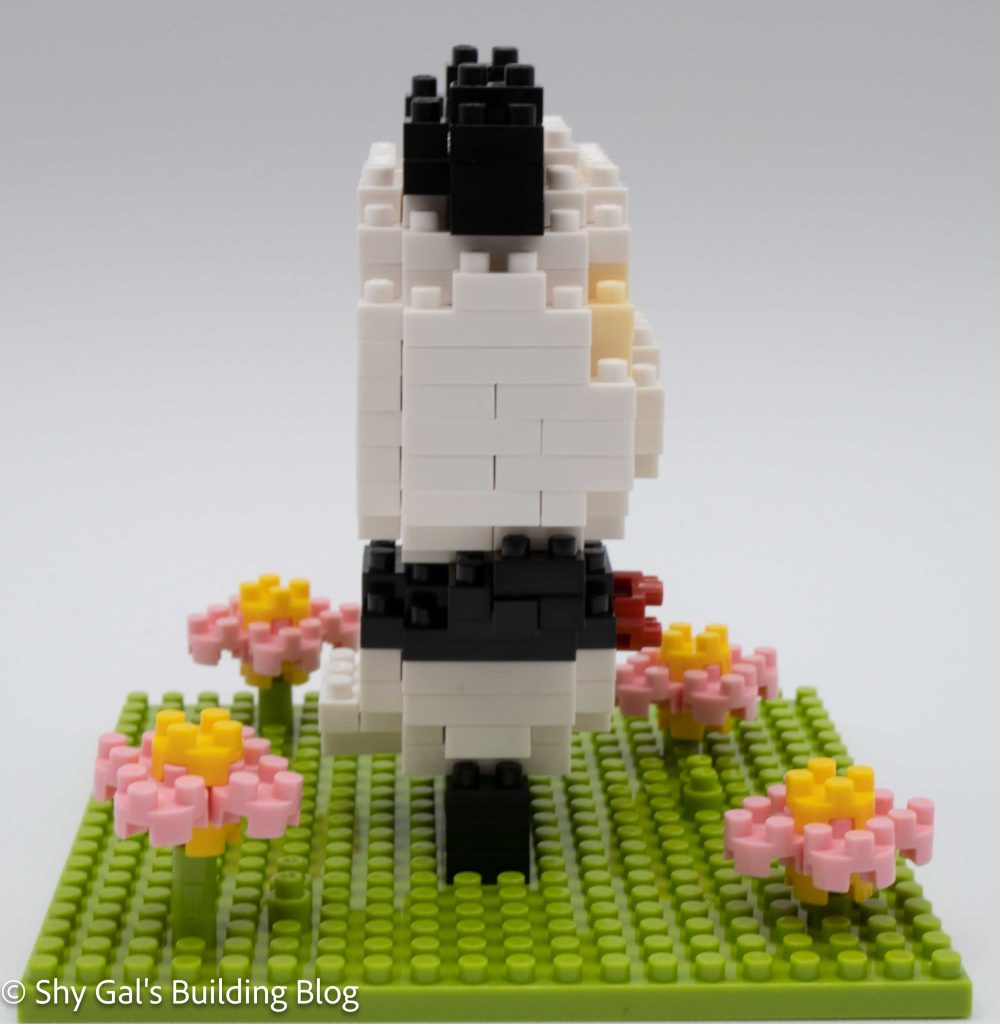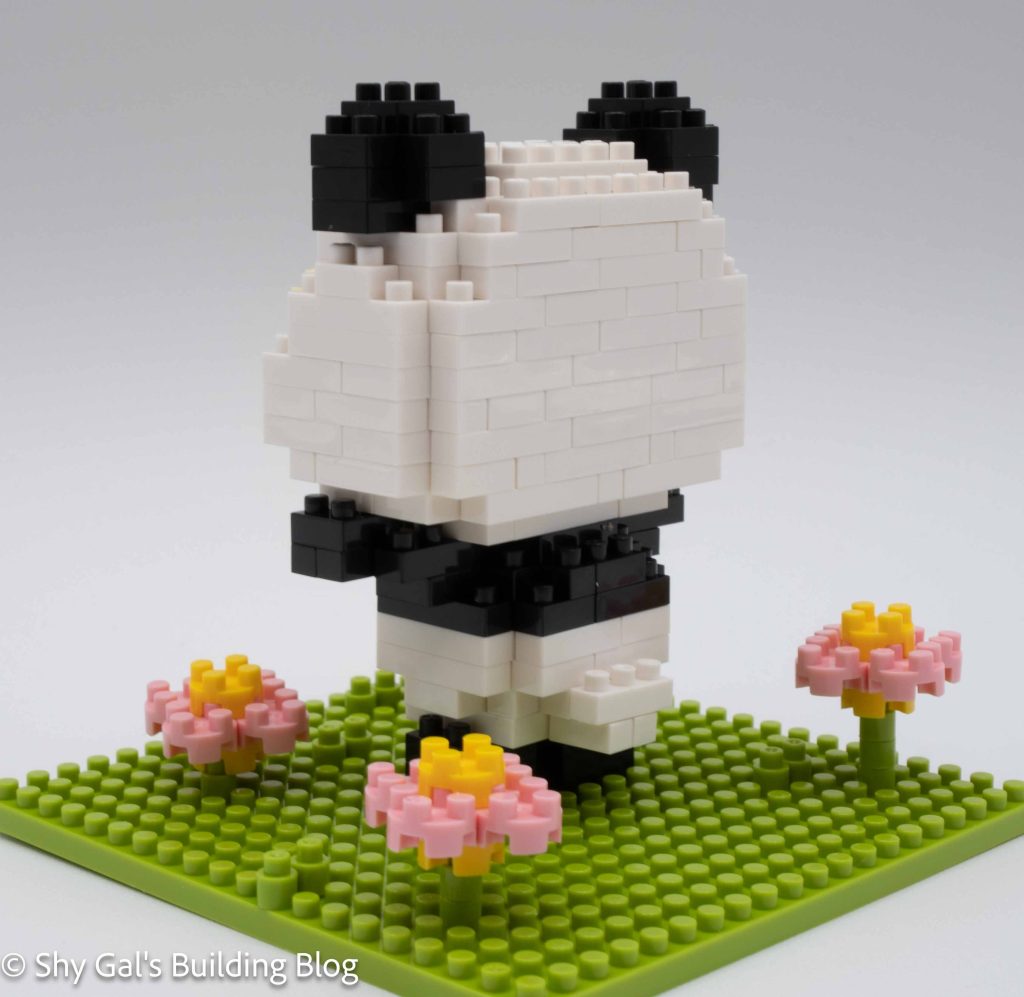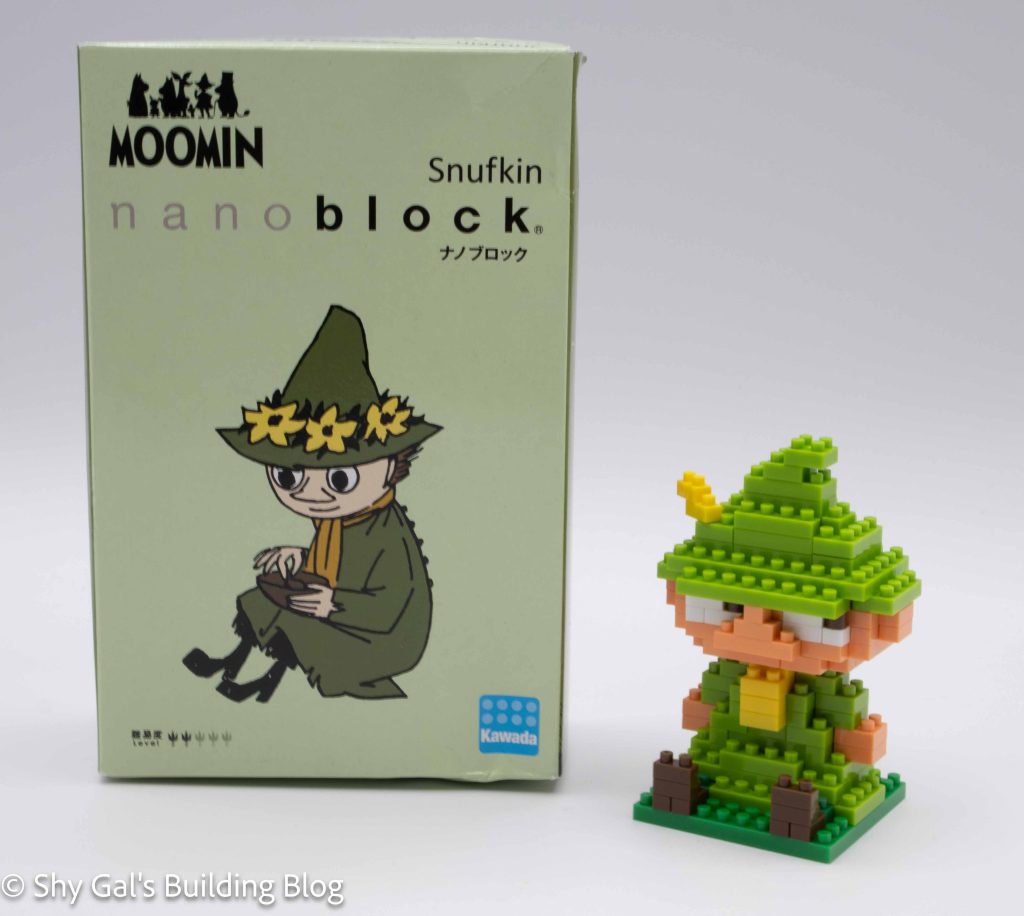
This post is a review of the nanoblock Snufkin build. Snufkin is part of the nanoblock Moomin collection.
Number: MOM-099
Difficulty Rating: 2/5
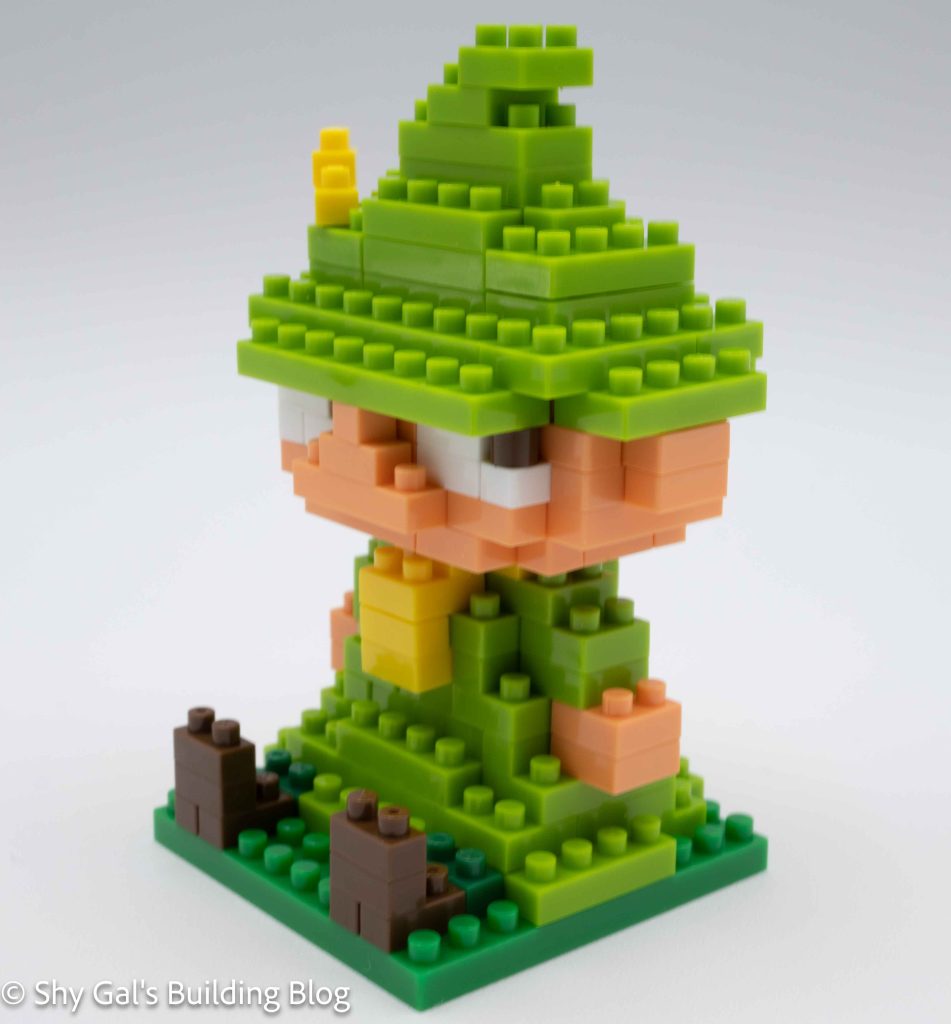
Snufkin is a traveler who makes frequent visits to Moominvalley. He is very good friends with Moomintroll, and the two of them go on adventures when he is in Moominvalley.
This build has 2 sections. There is the head and the body. Both sections are very straightforward, with good directions.
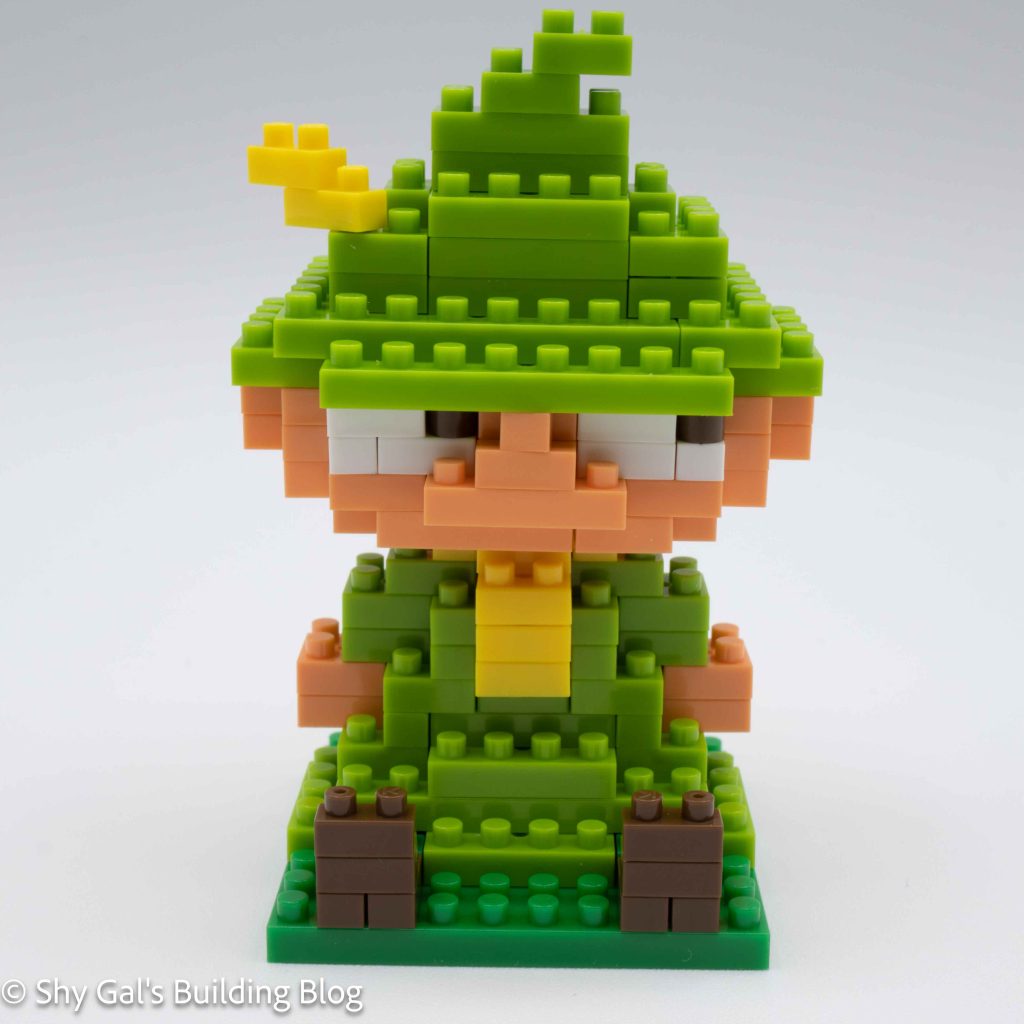
I was able to easily build the head using my pad. The head begins with a base layer of flesh. As the head goes up in layers, you add the hair, nose, and eyes. The head is topped off with Snufkin’s hat. The hat is cone-shaped, so each layer gets more narrow until the hat is closed up.
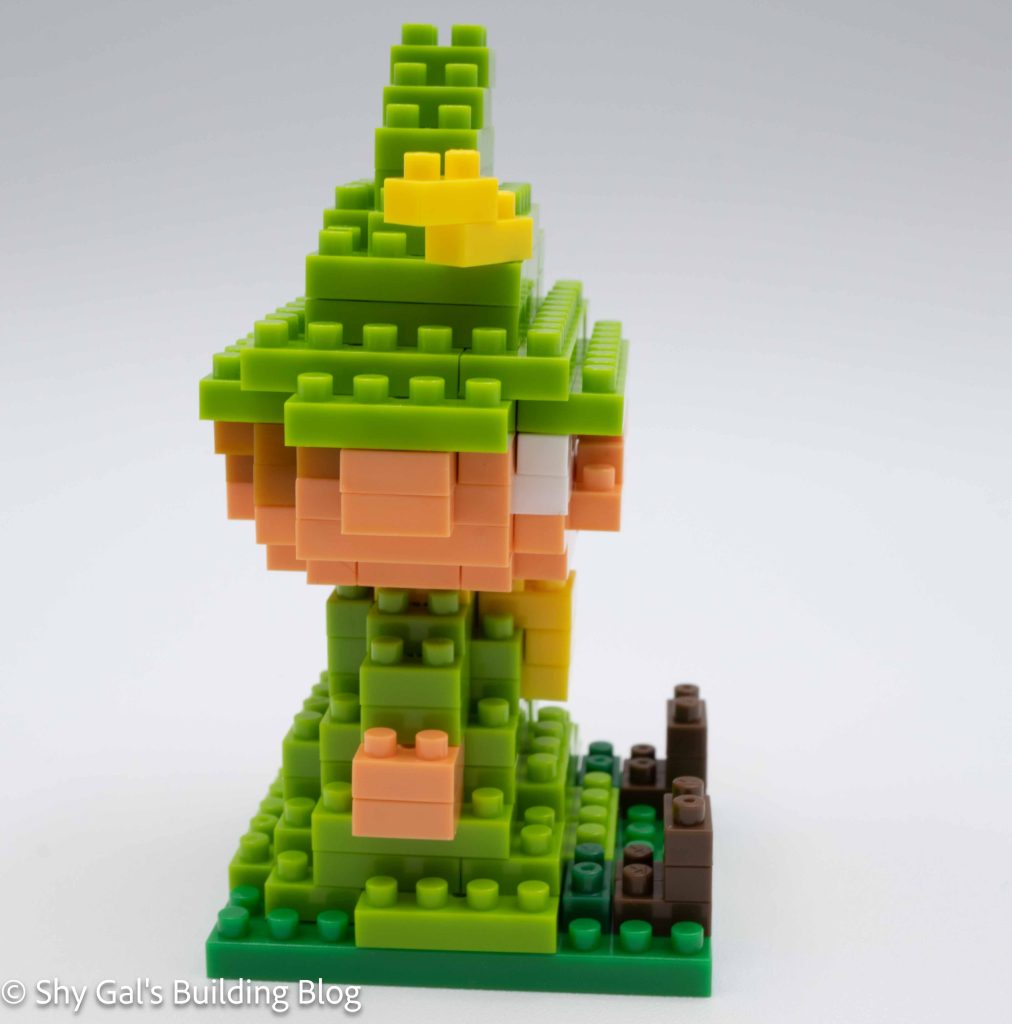
The body builds up on a 10×10 base. It begins with an outline of the body and builds up in layers. The base layer creates Snufkin’s legs and the bottom of his shirt. The rest of the body section creates Snufkin’s shirt. There is a nice detail of a yellow scarf around his neck.
The last step is to combine the head and the body. There is an excellent side view shot that is helpful in getting the head placed correctly.
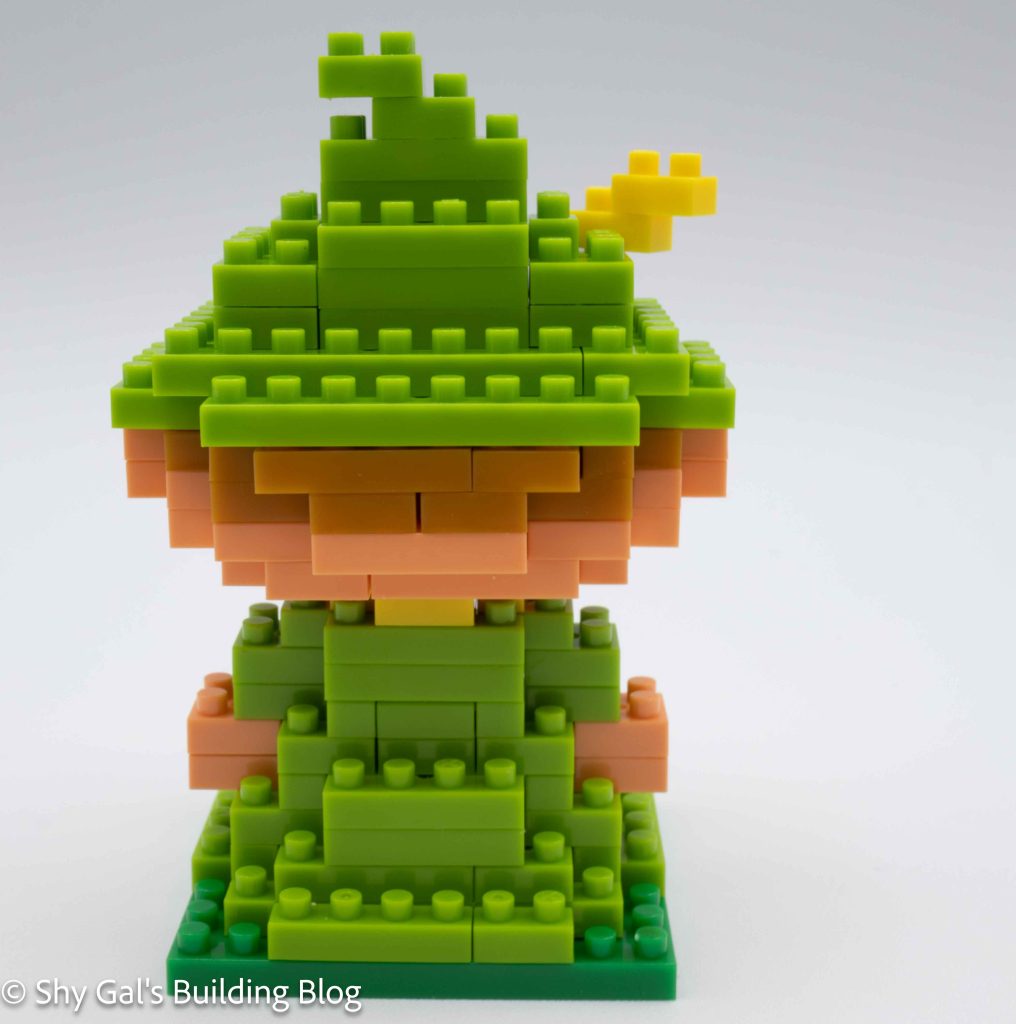
Things I liked:
- The various shades of green used throughout the build to create various body parts
Things I didn’t like:
- When I was putting the hat together, there were a few places where I got gaps because the bricks fell into the hat or body
